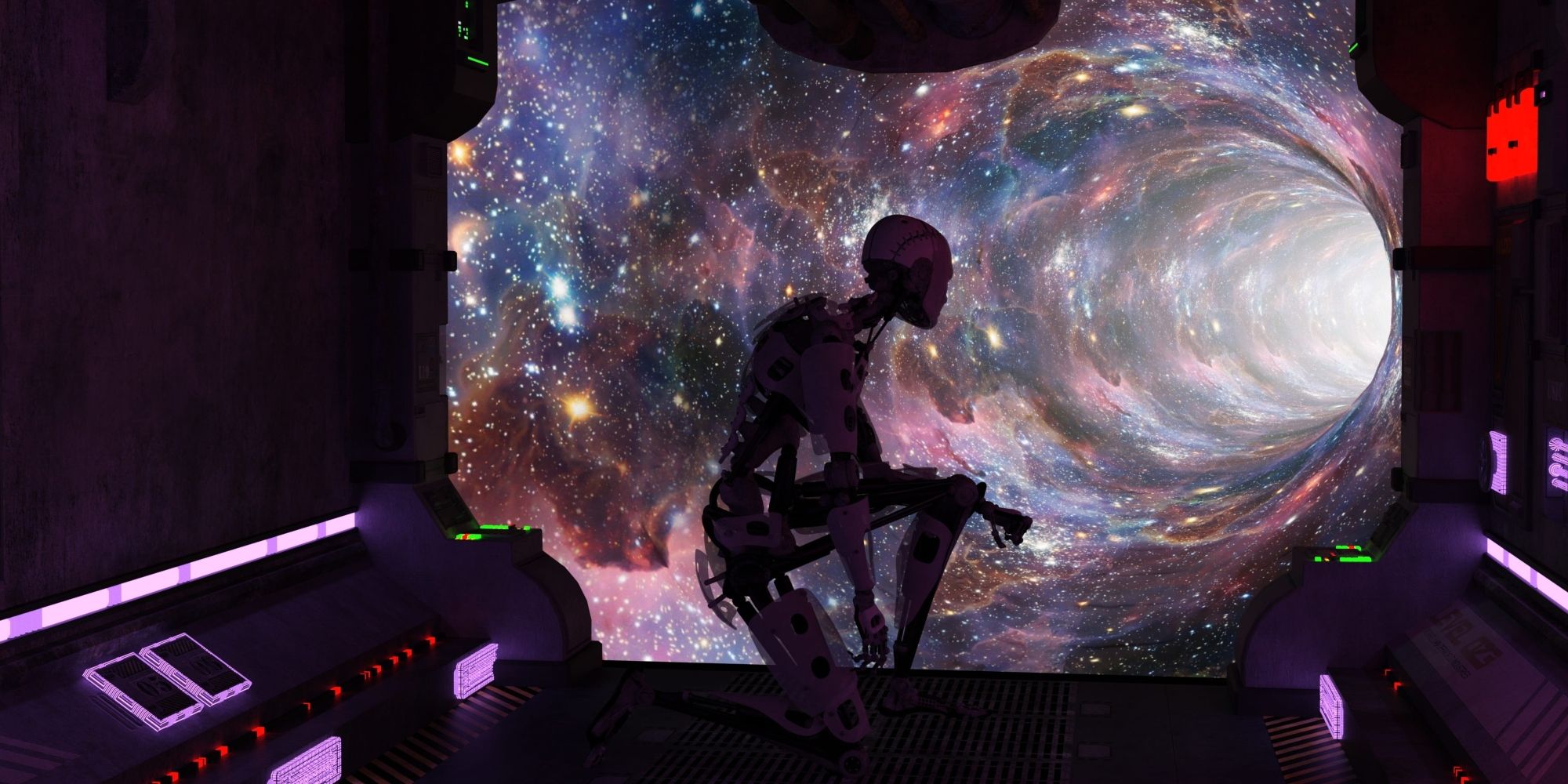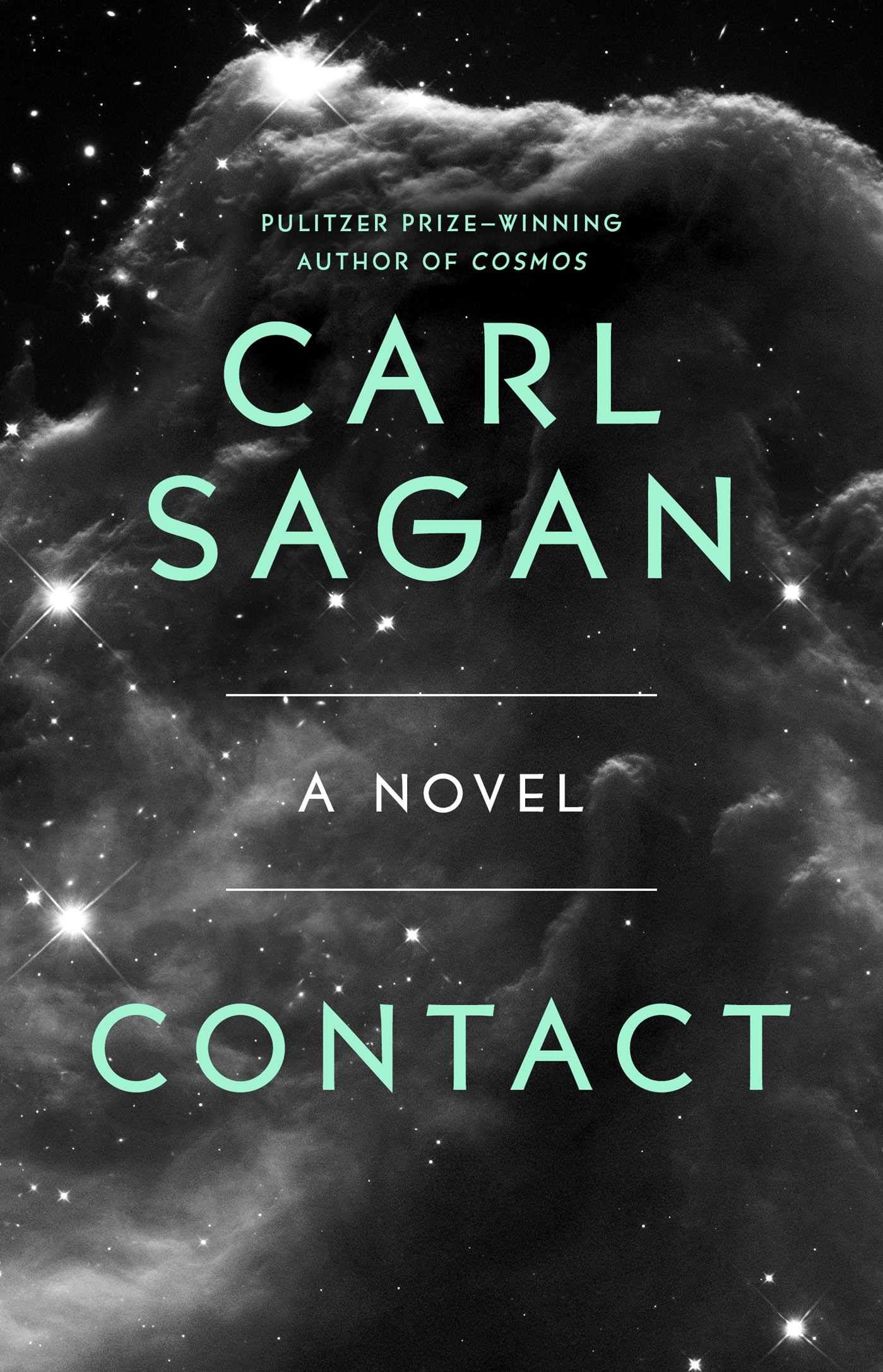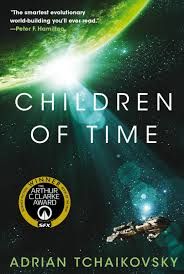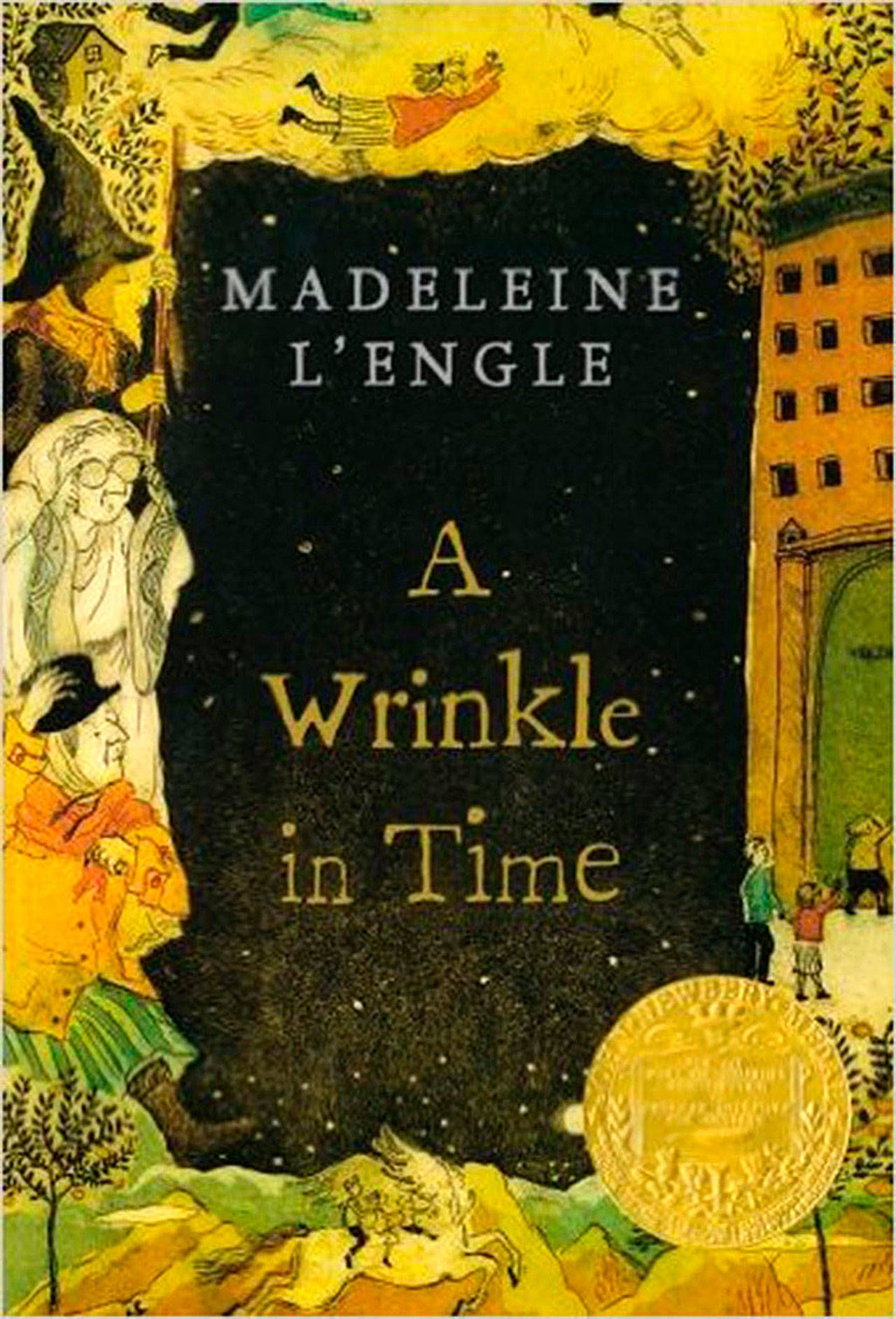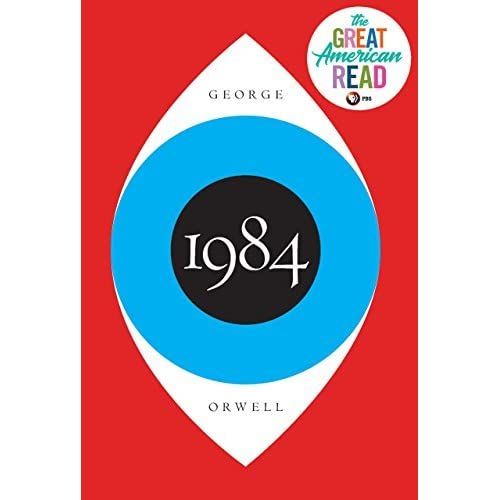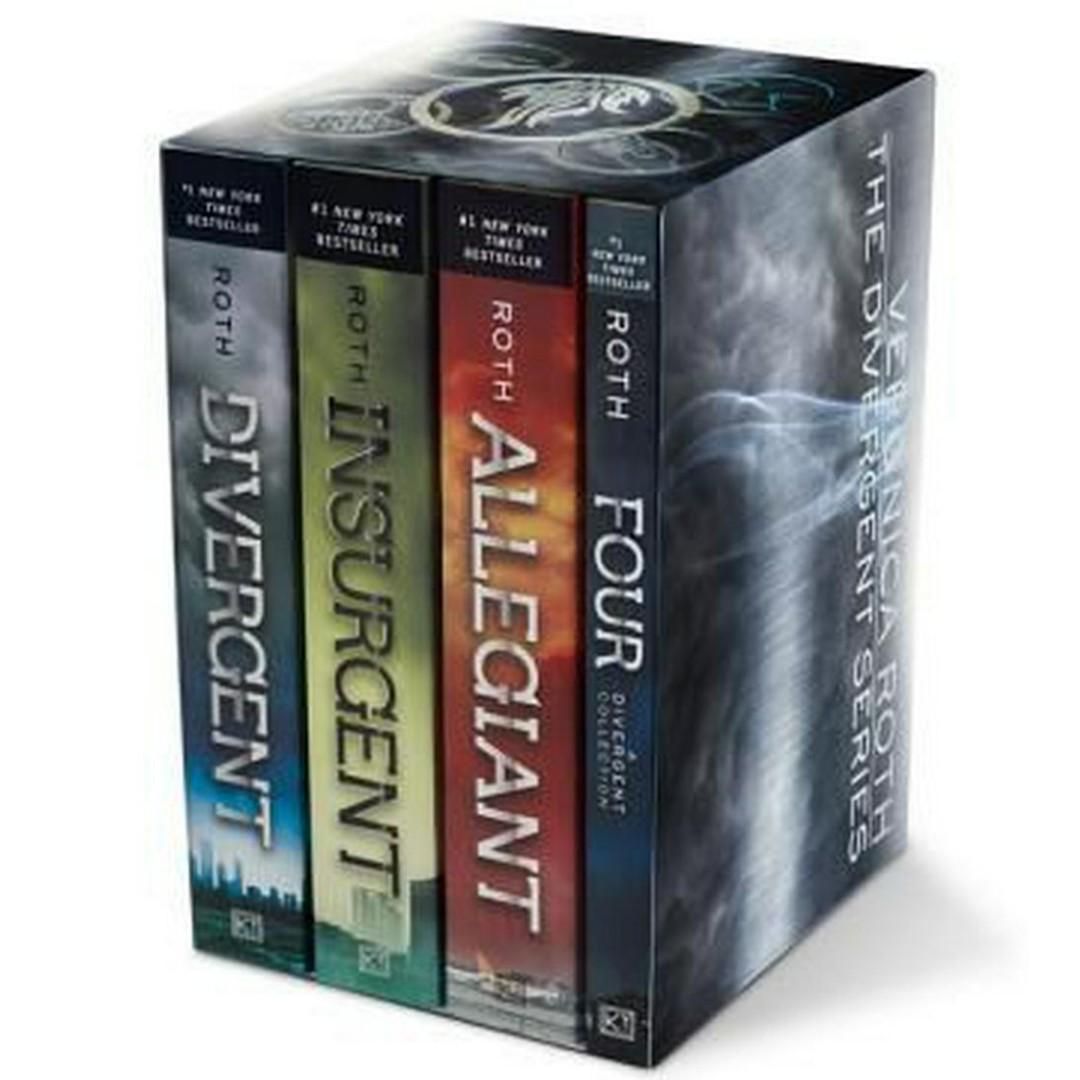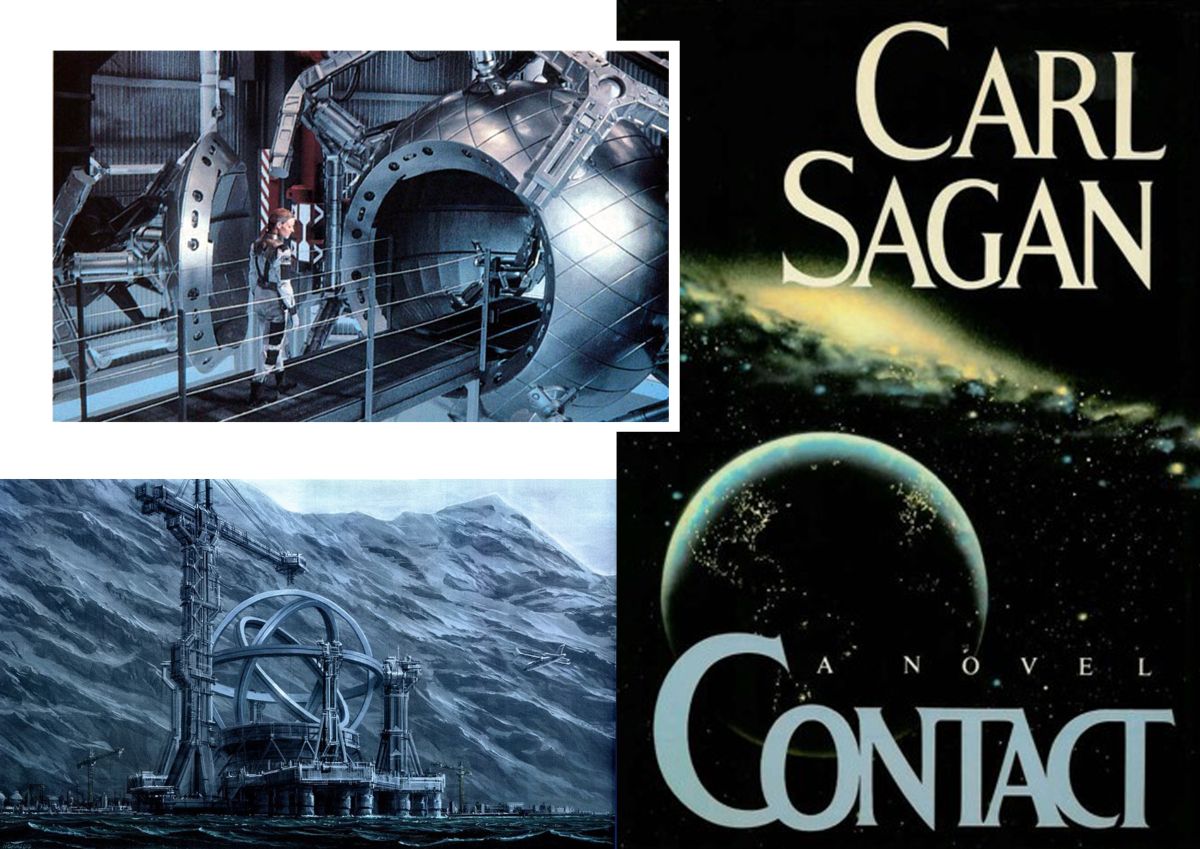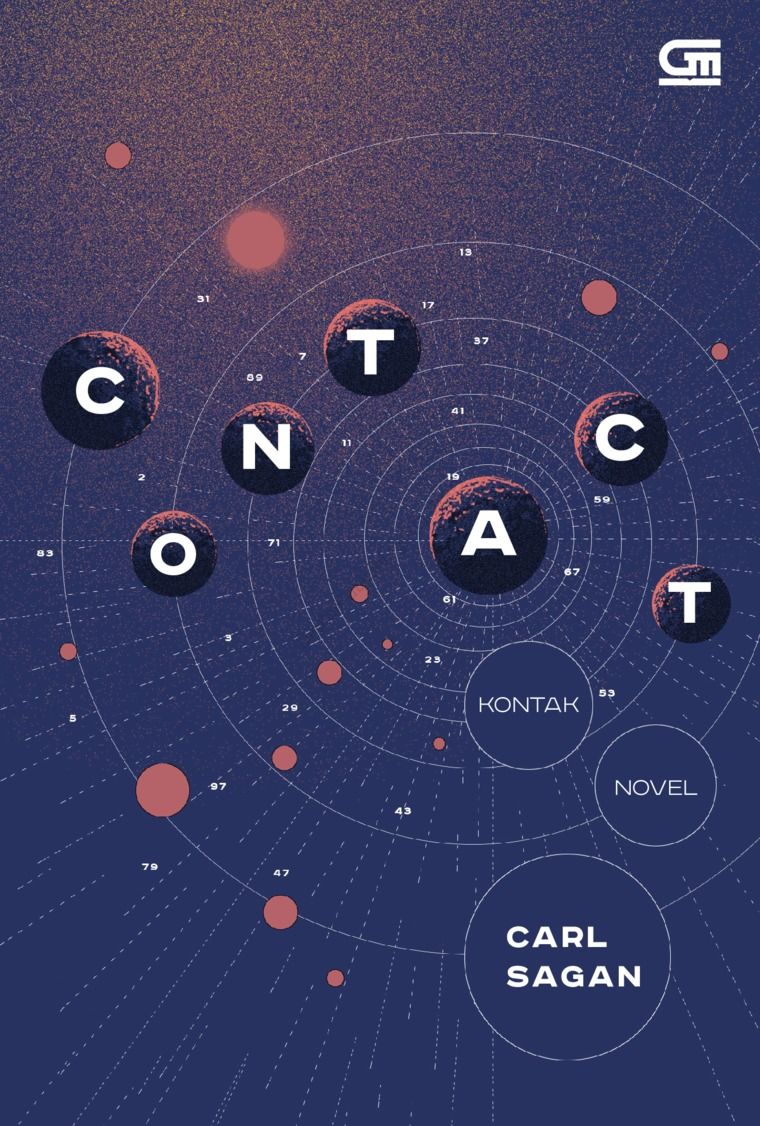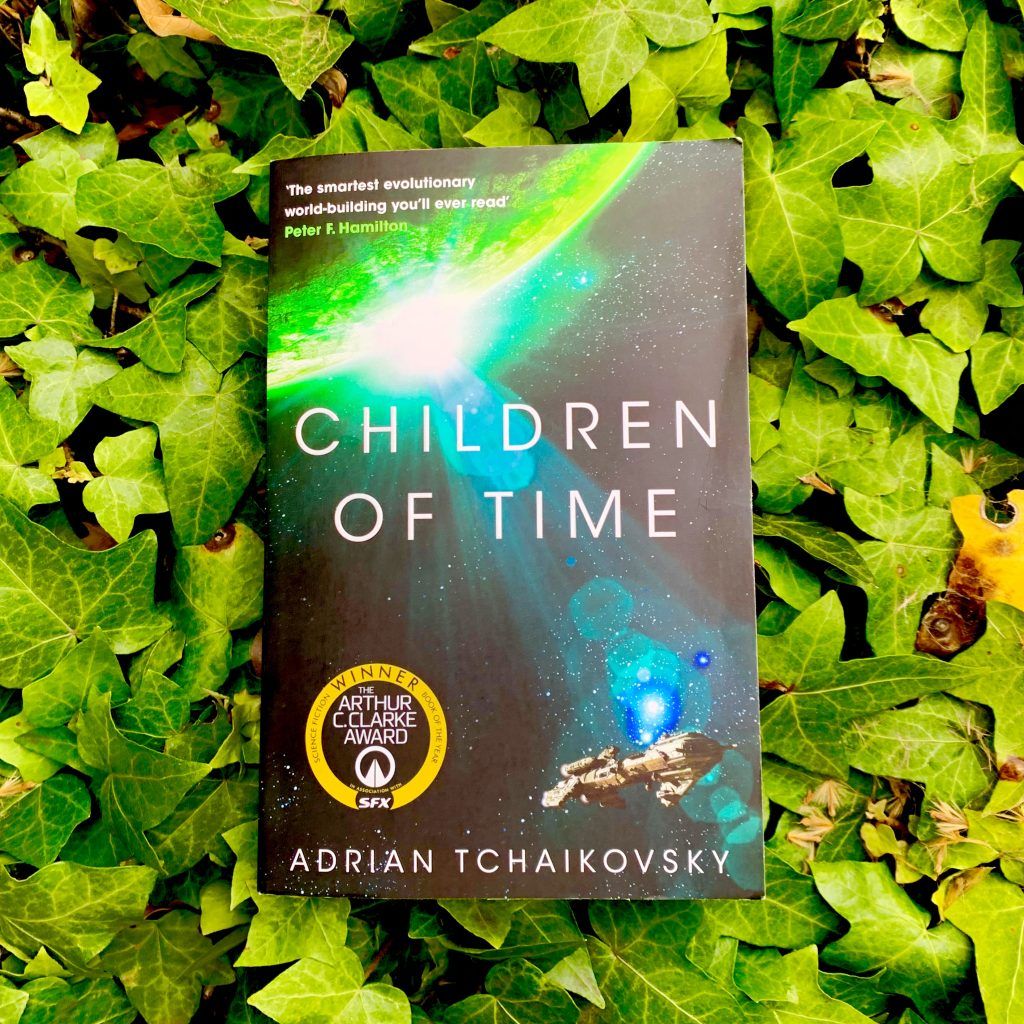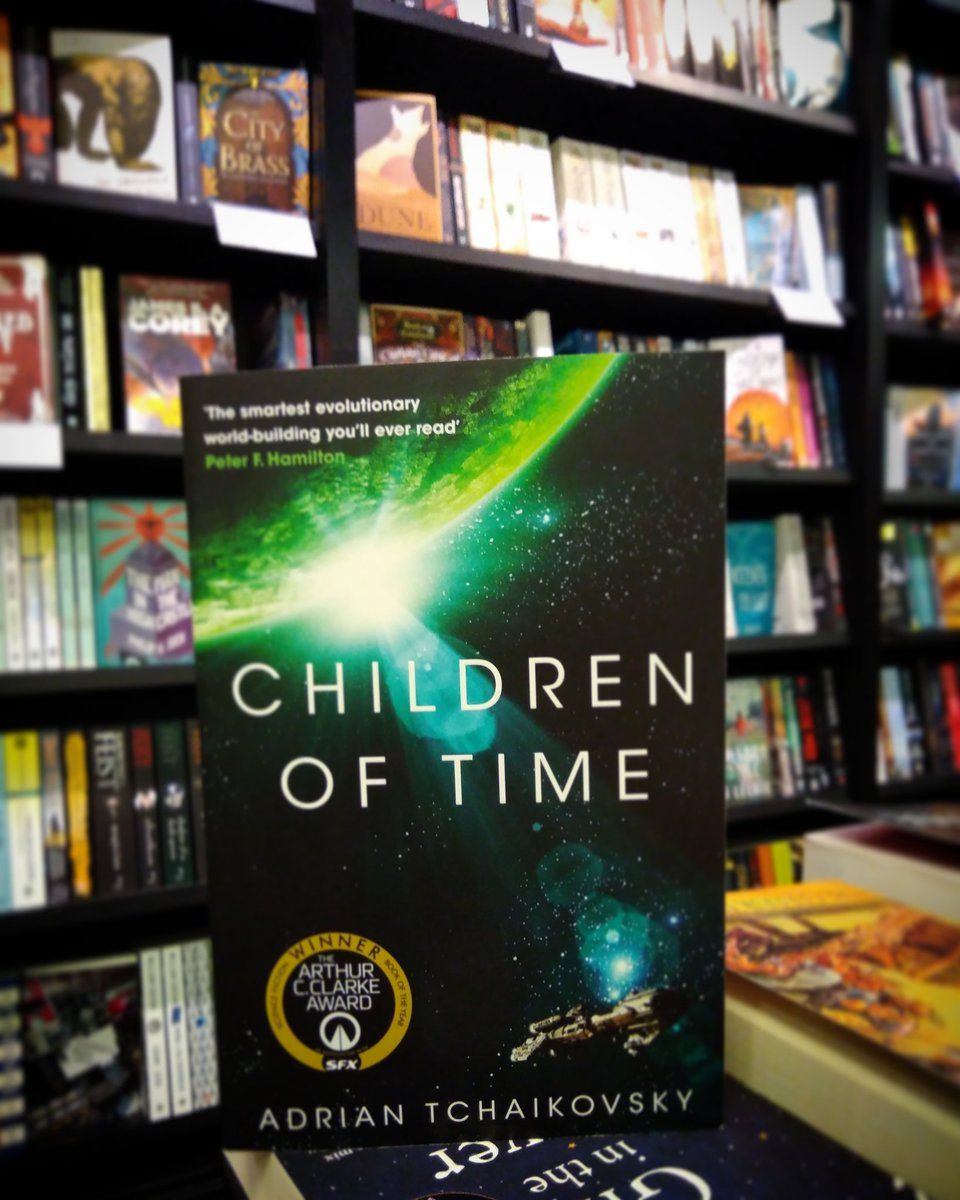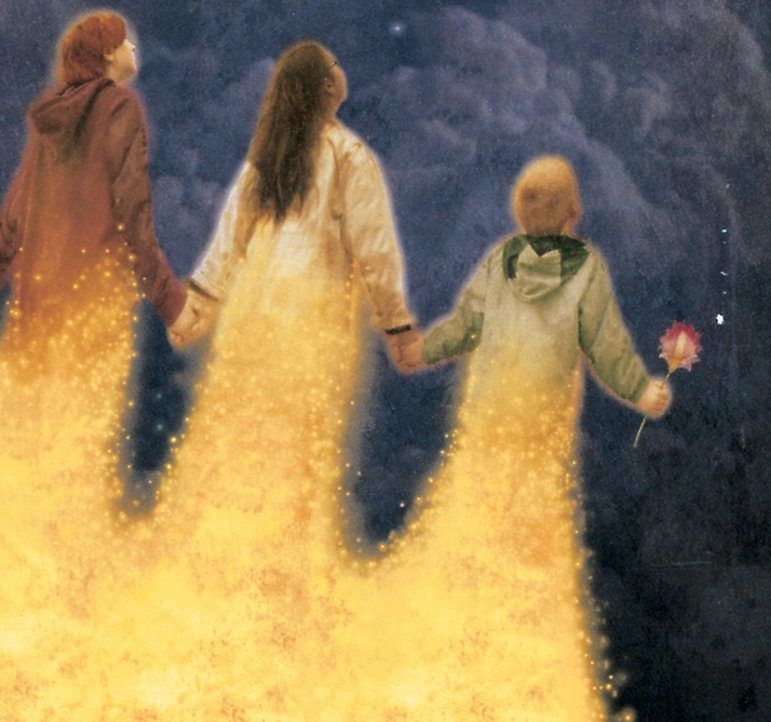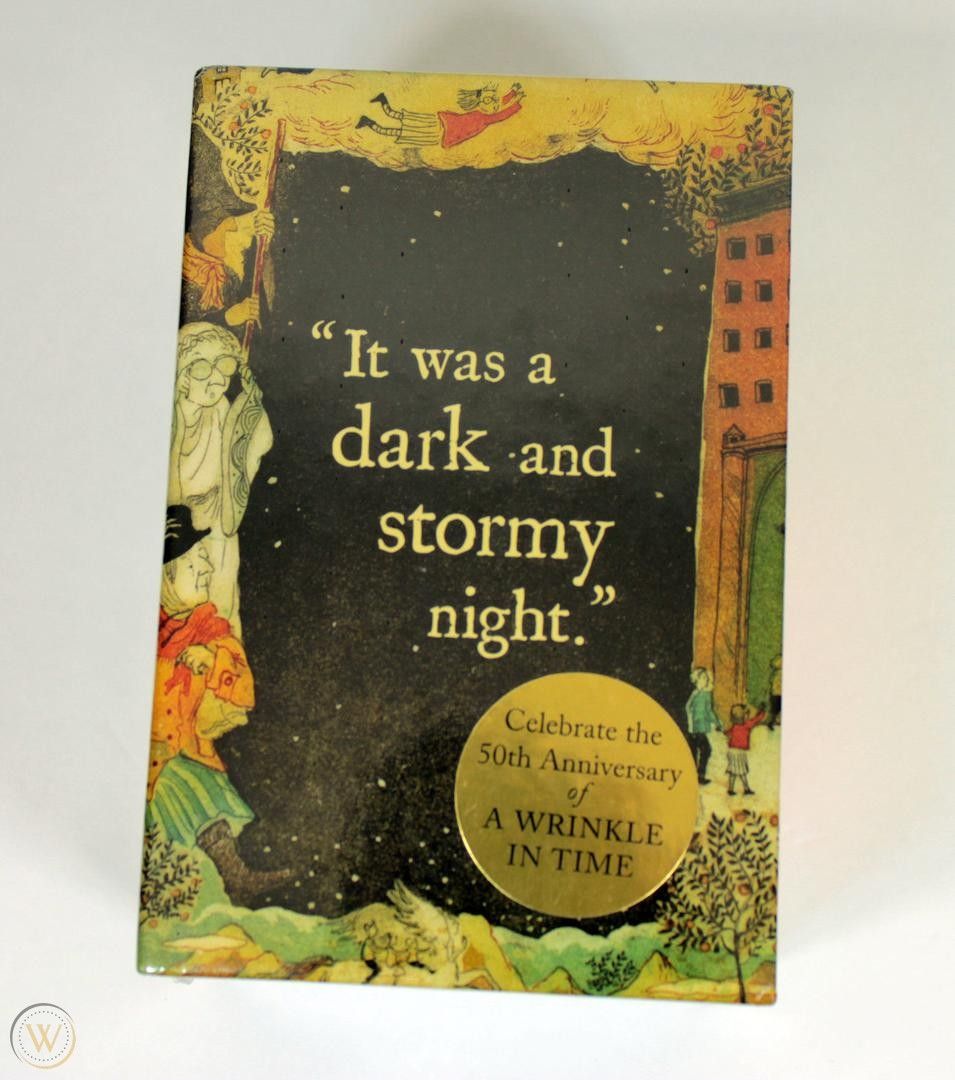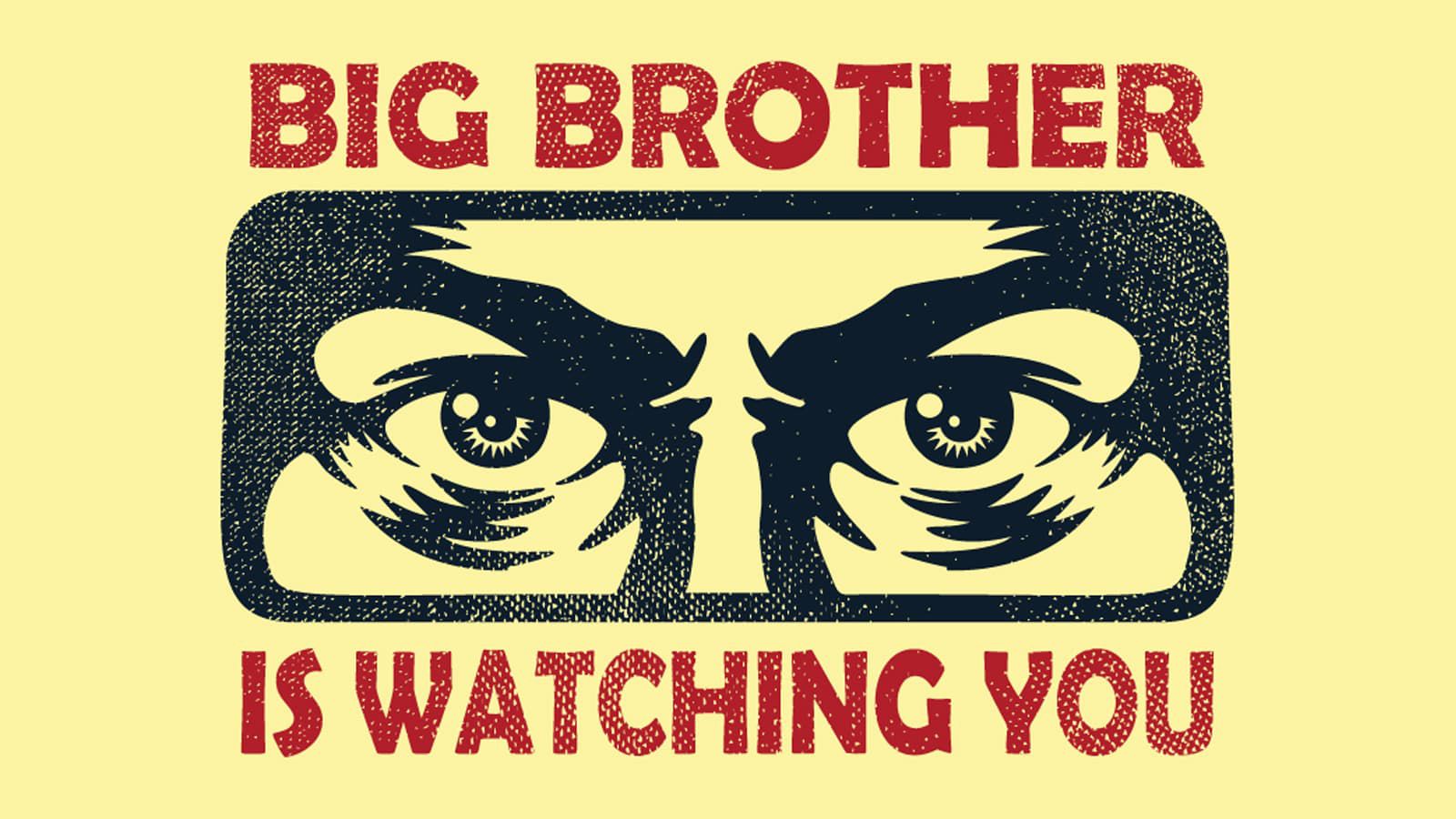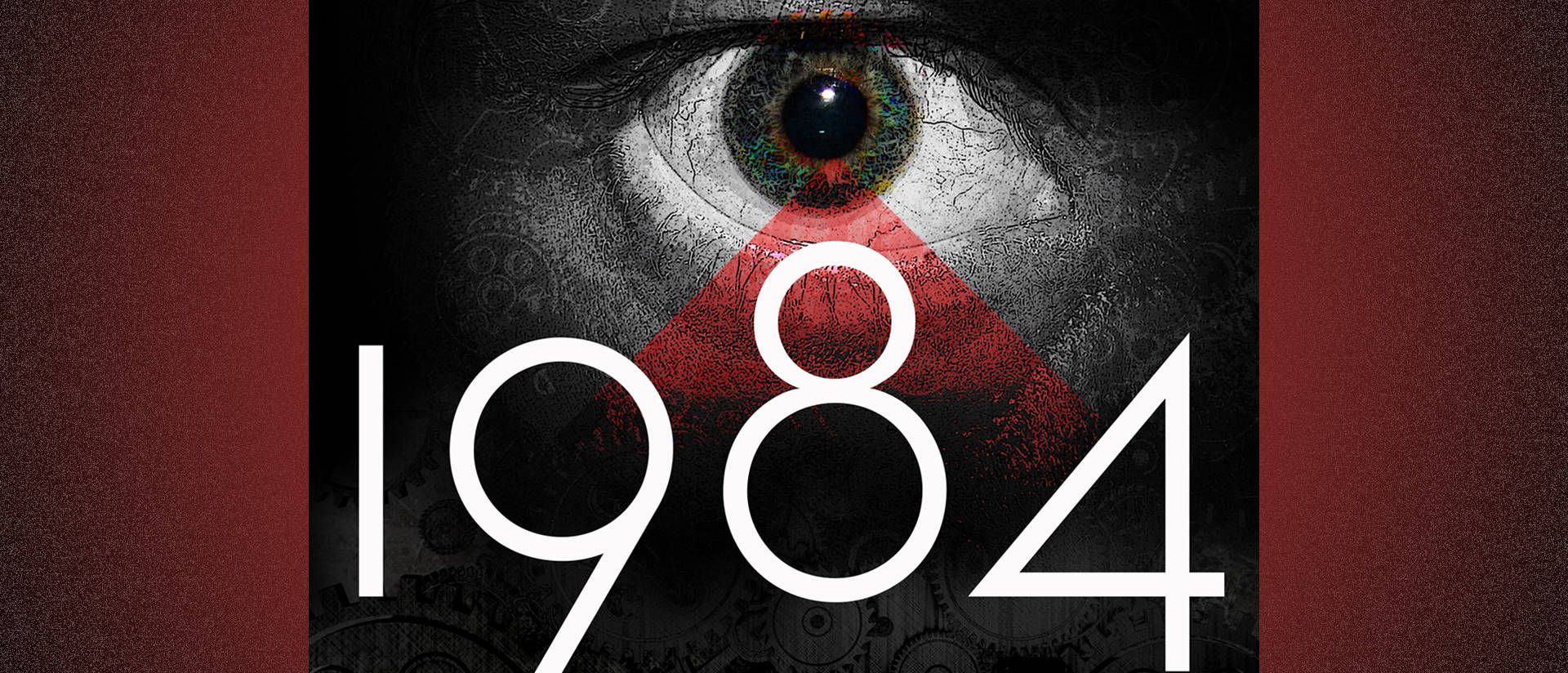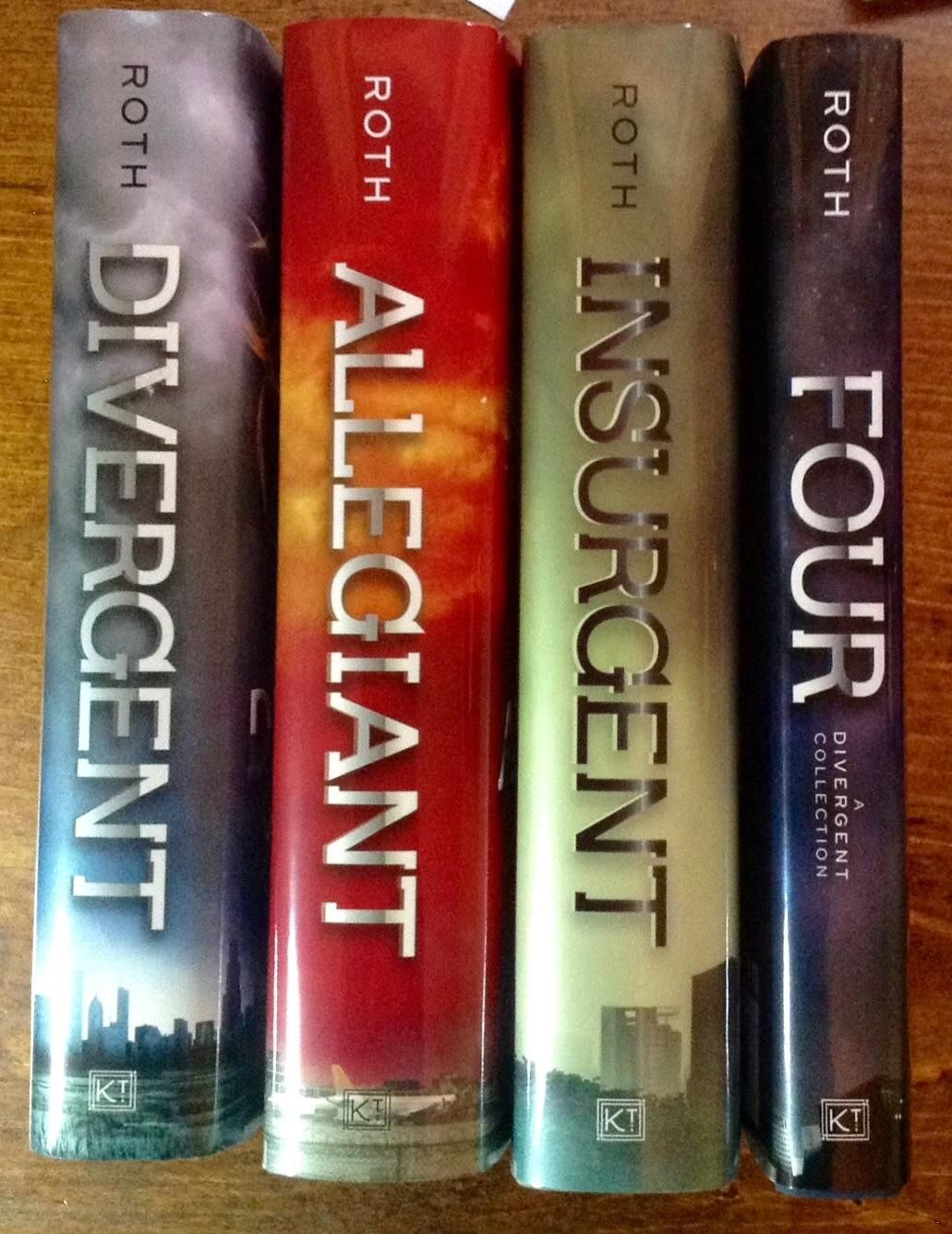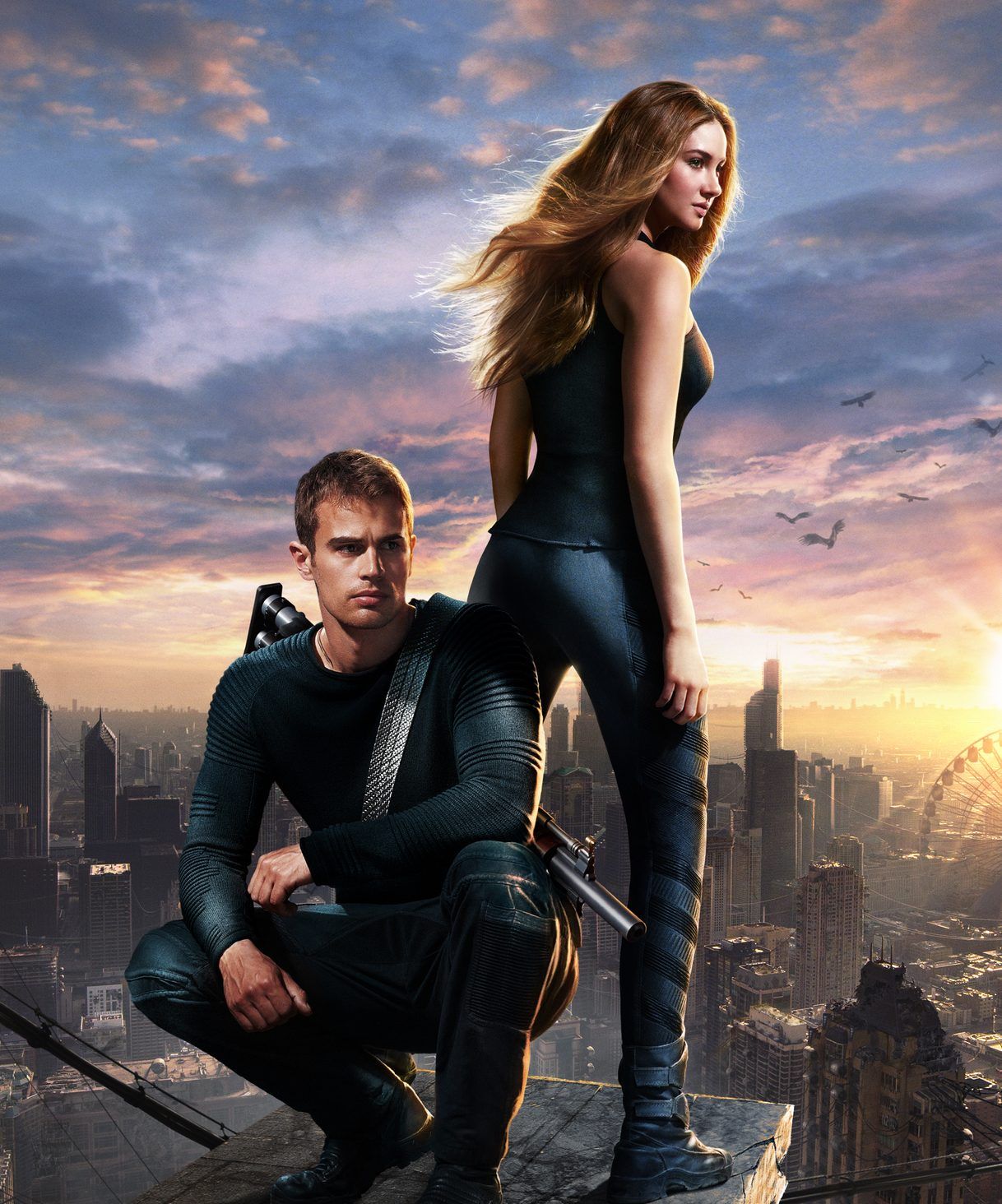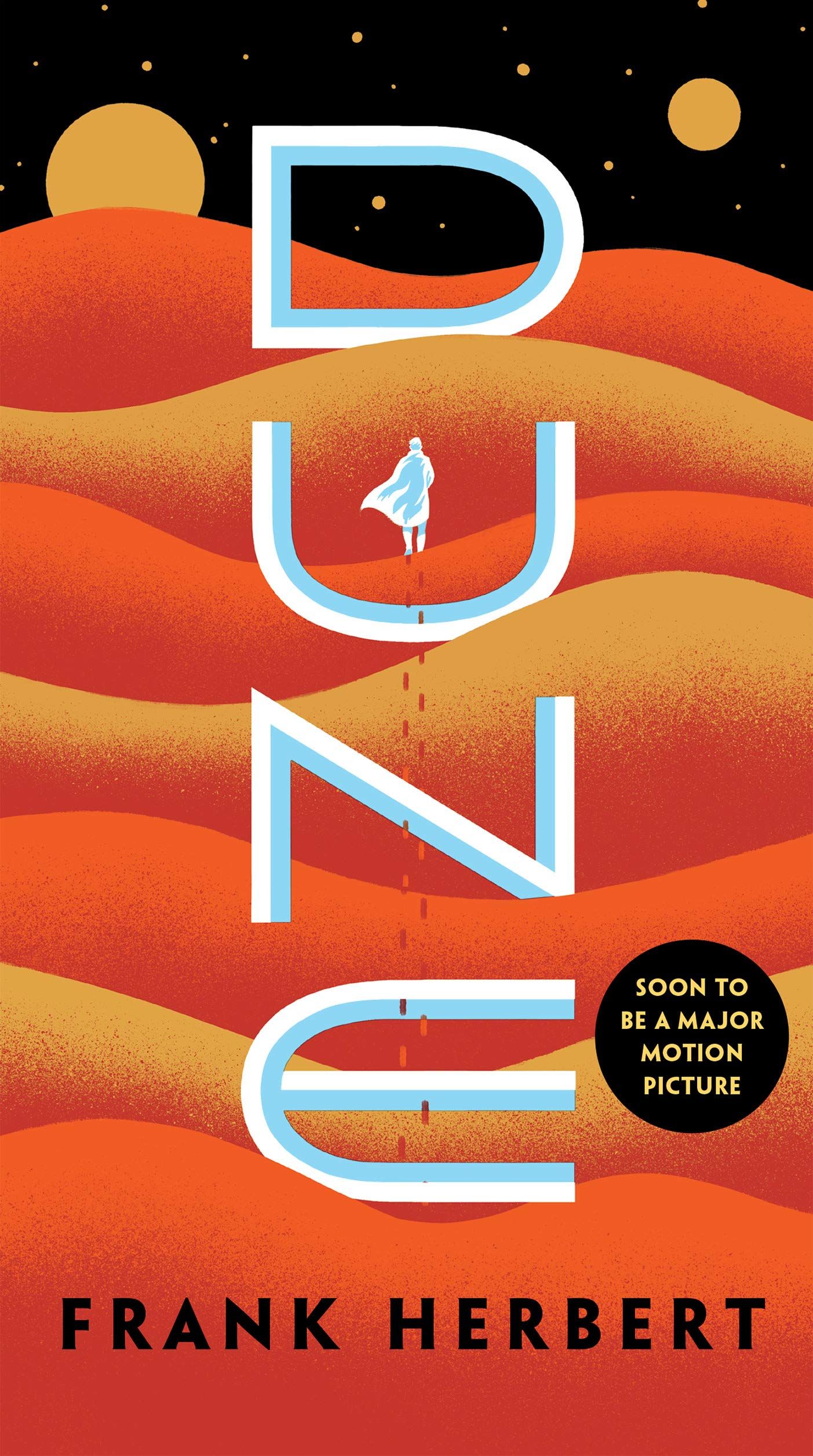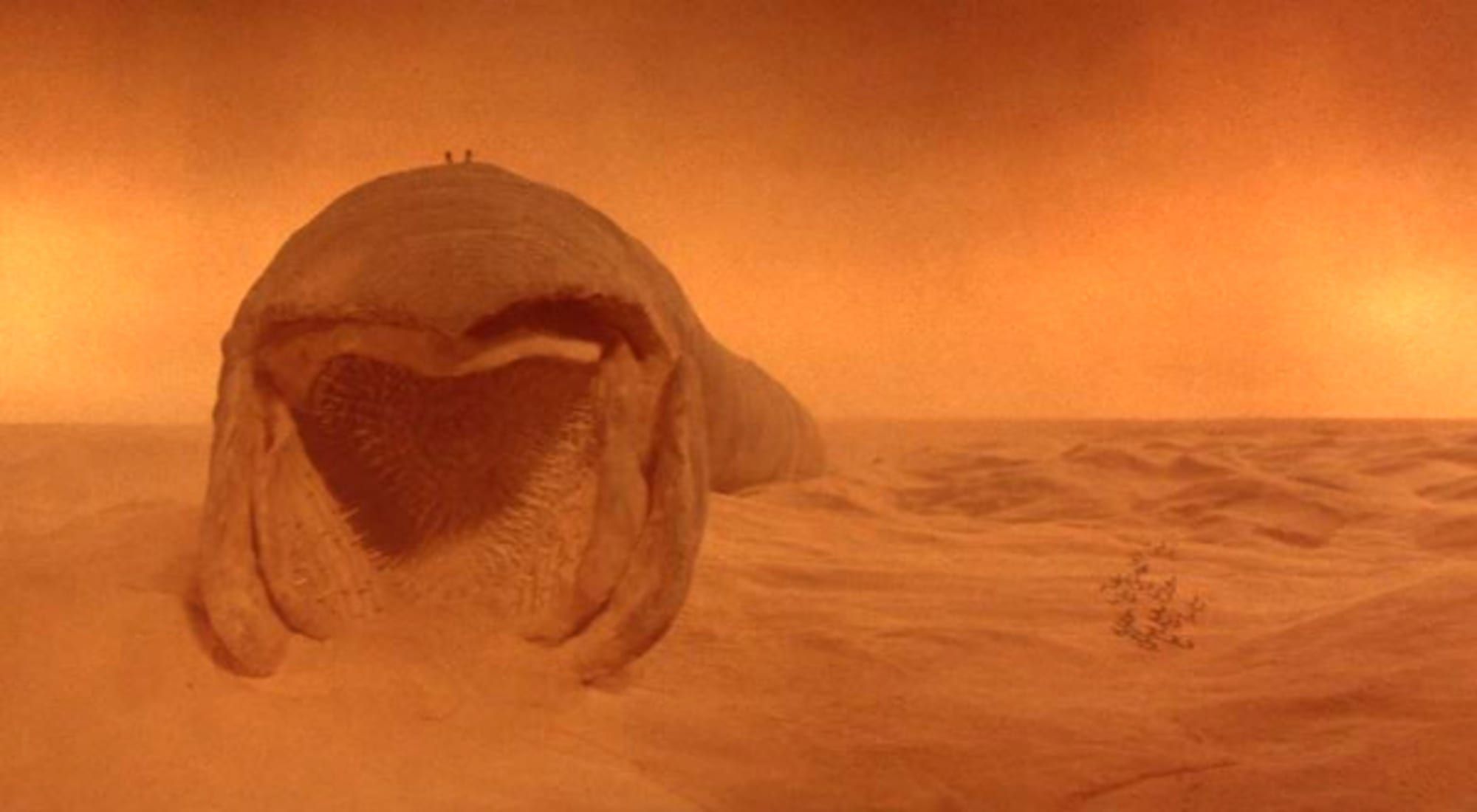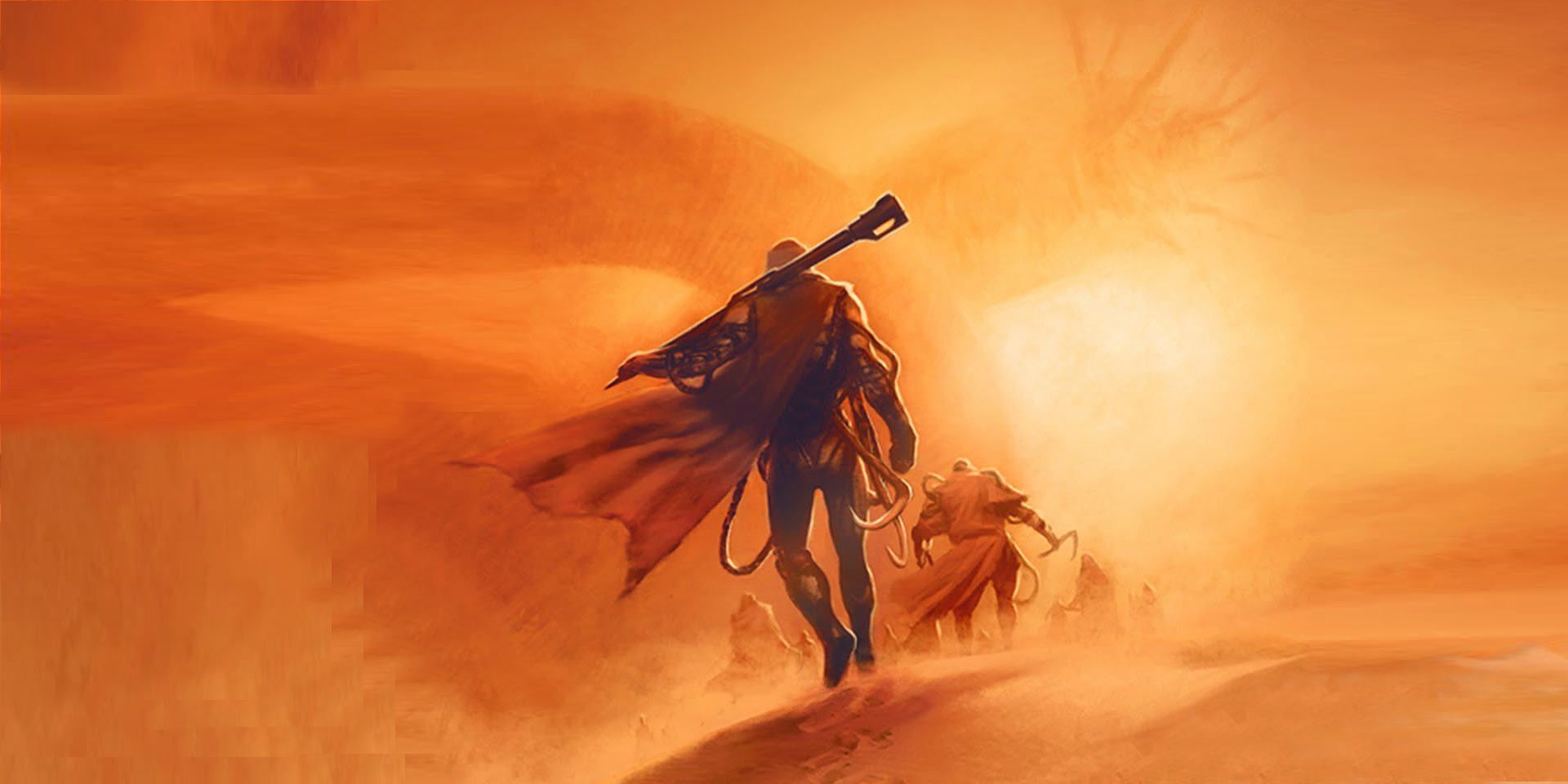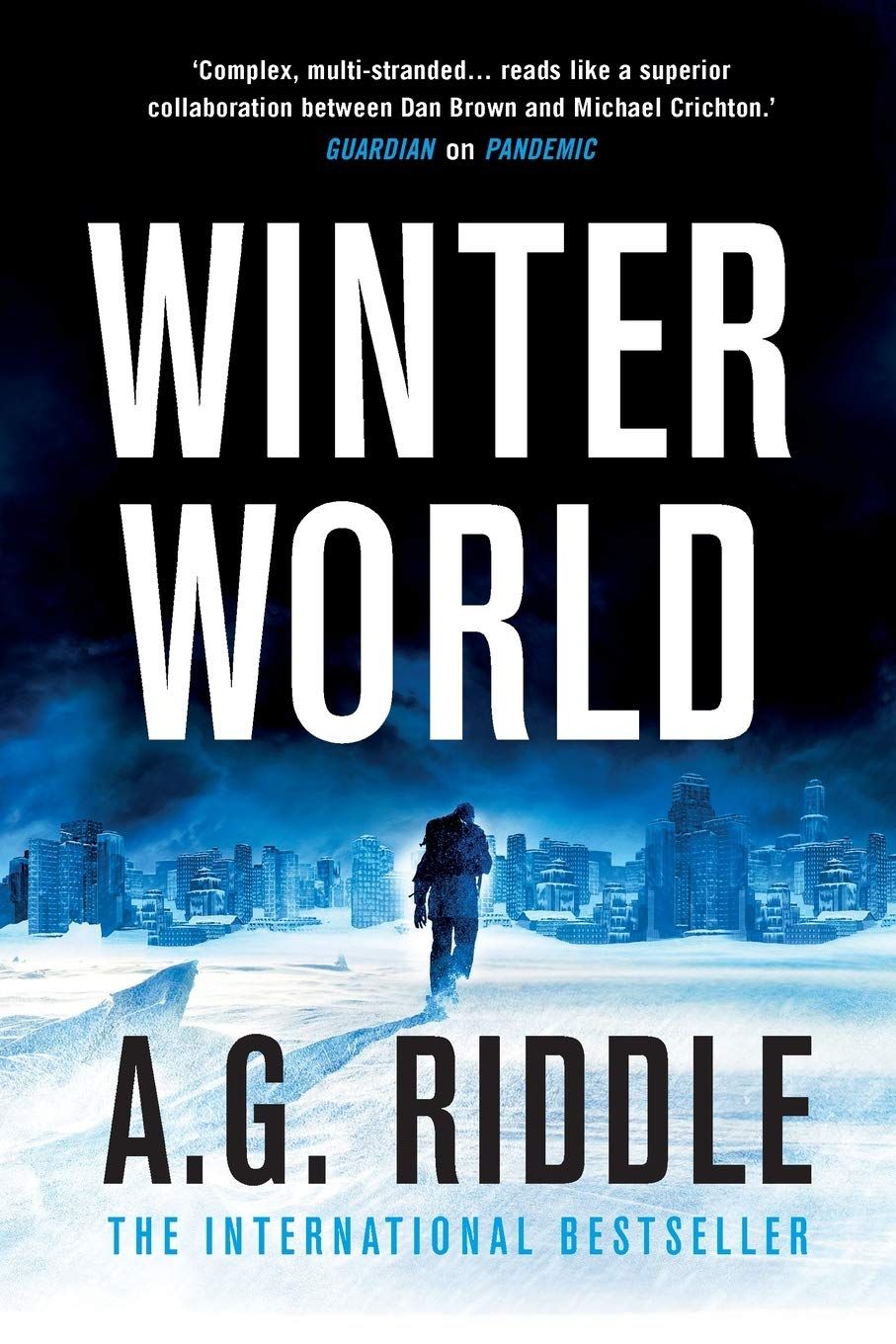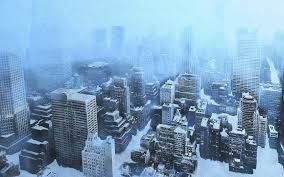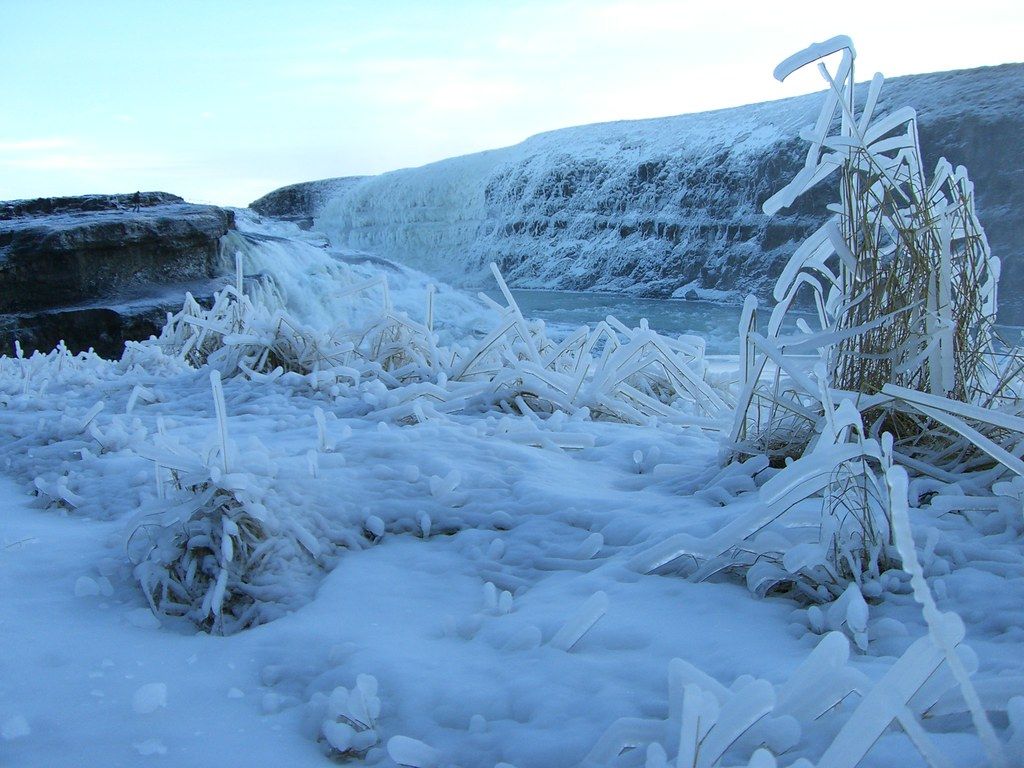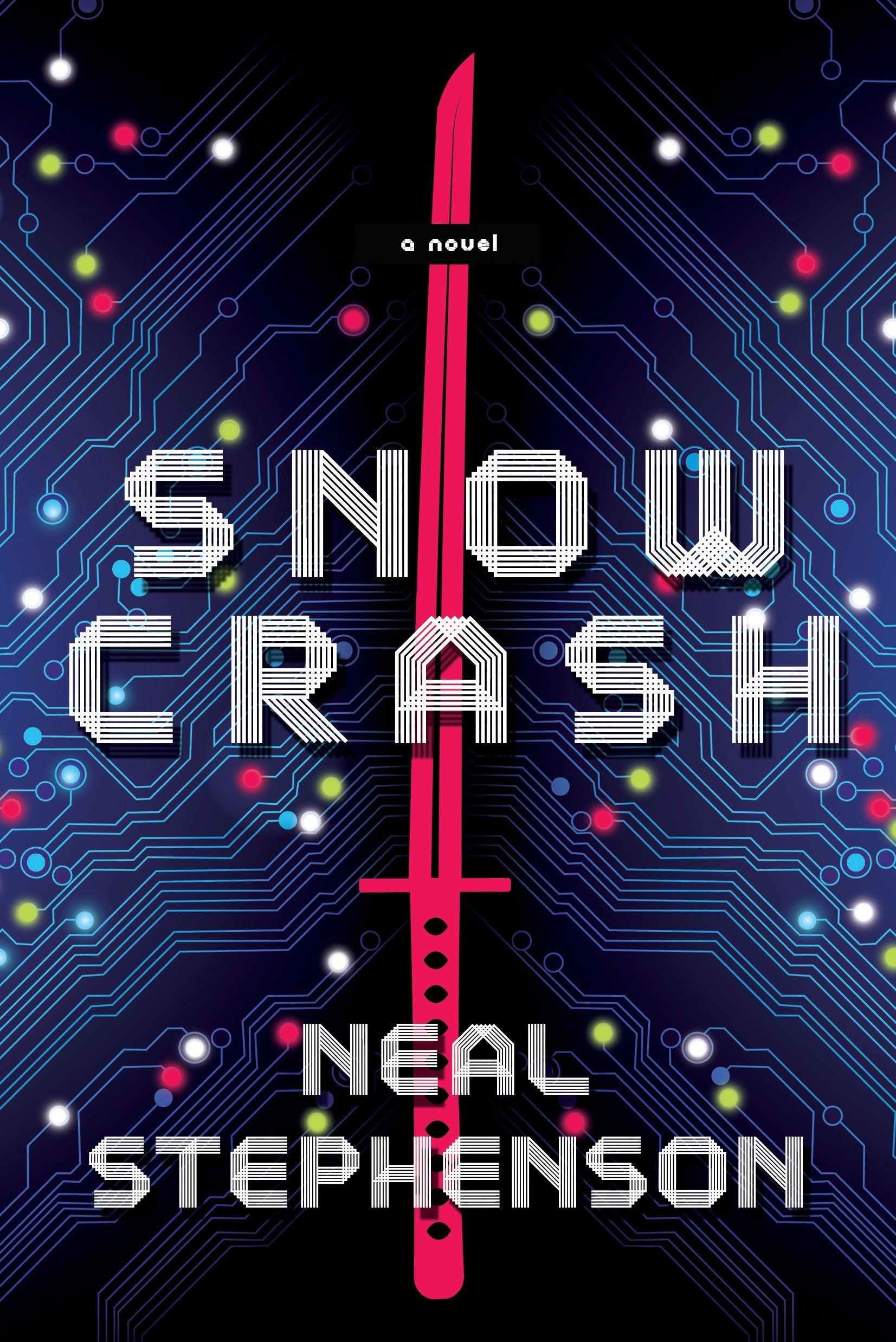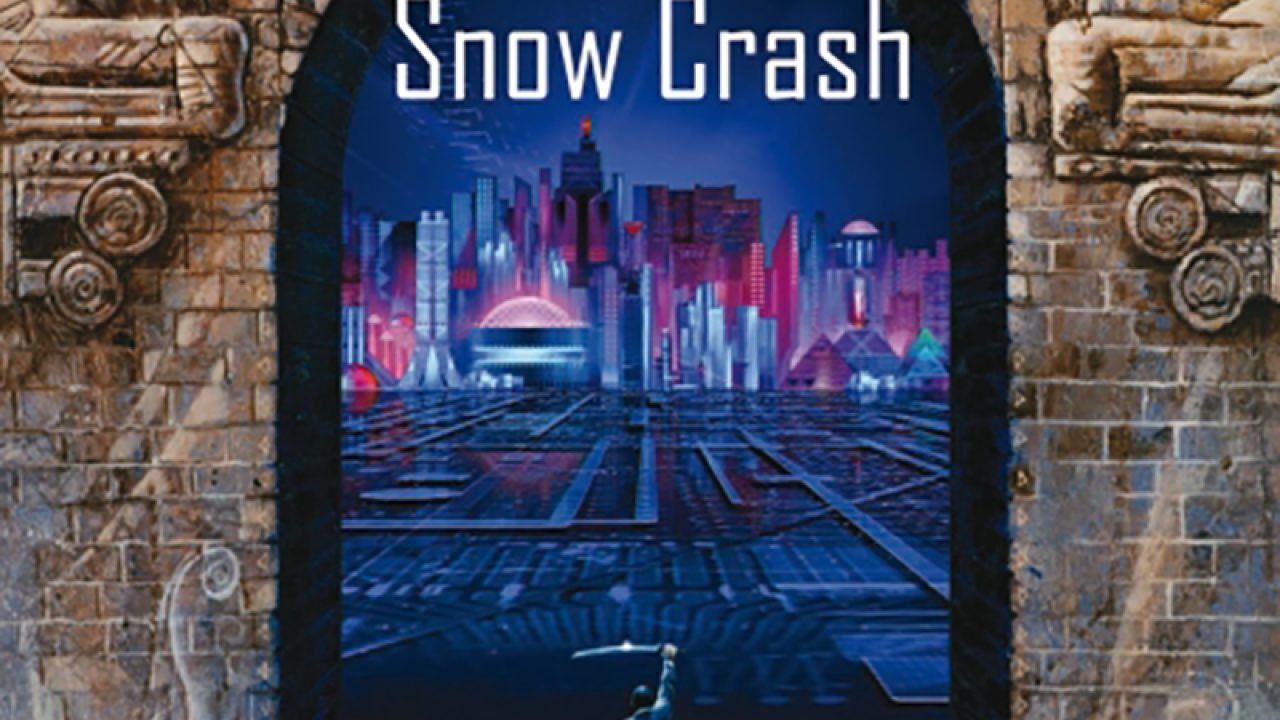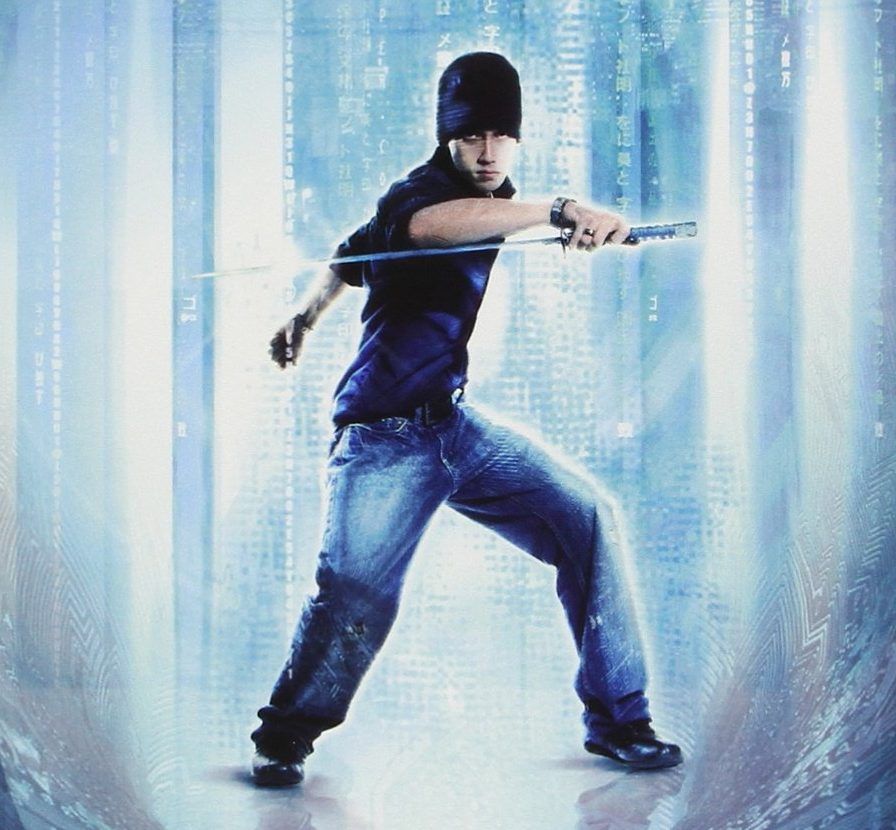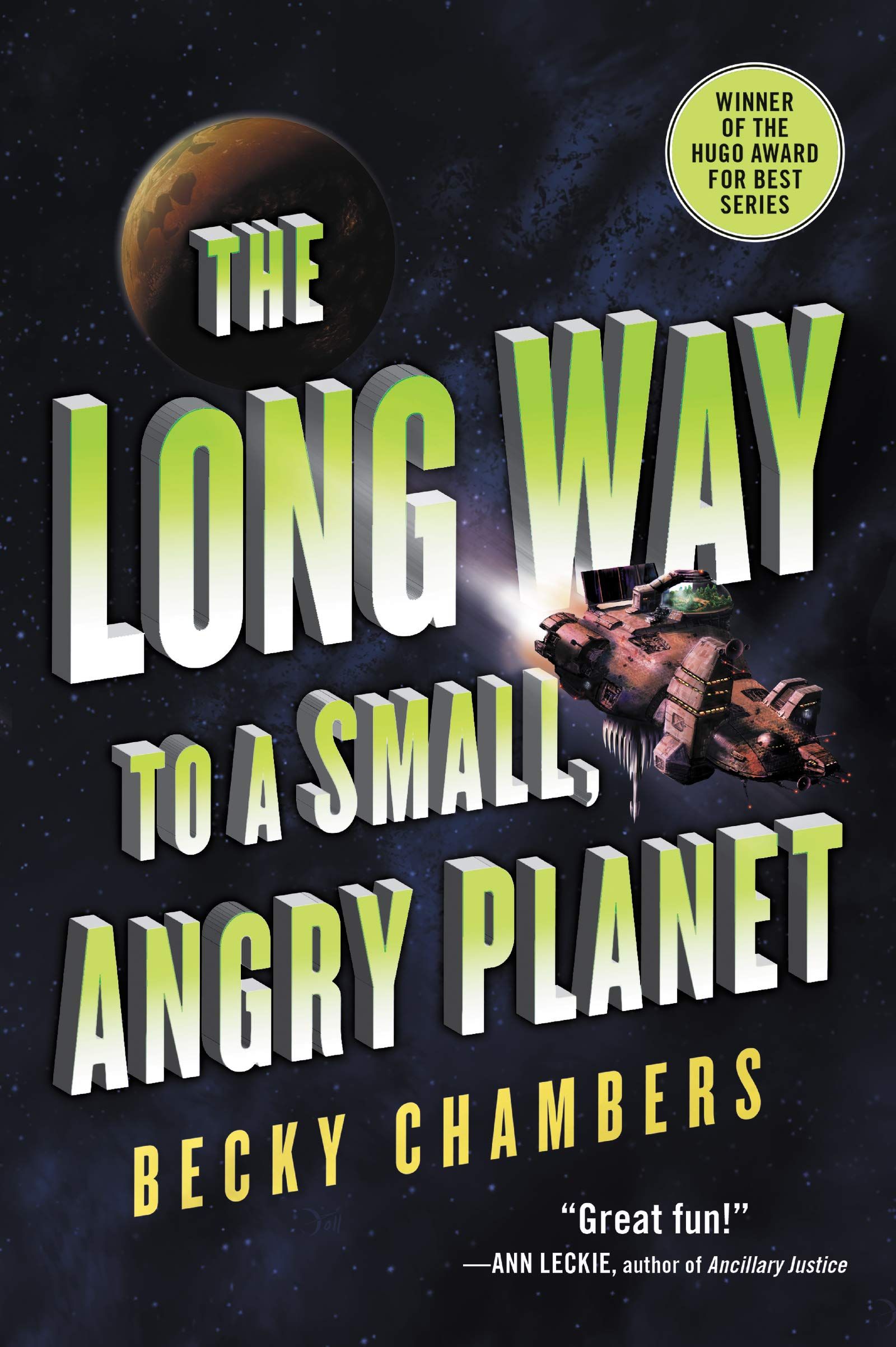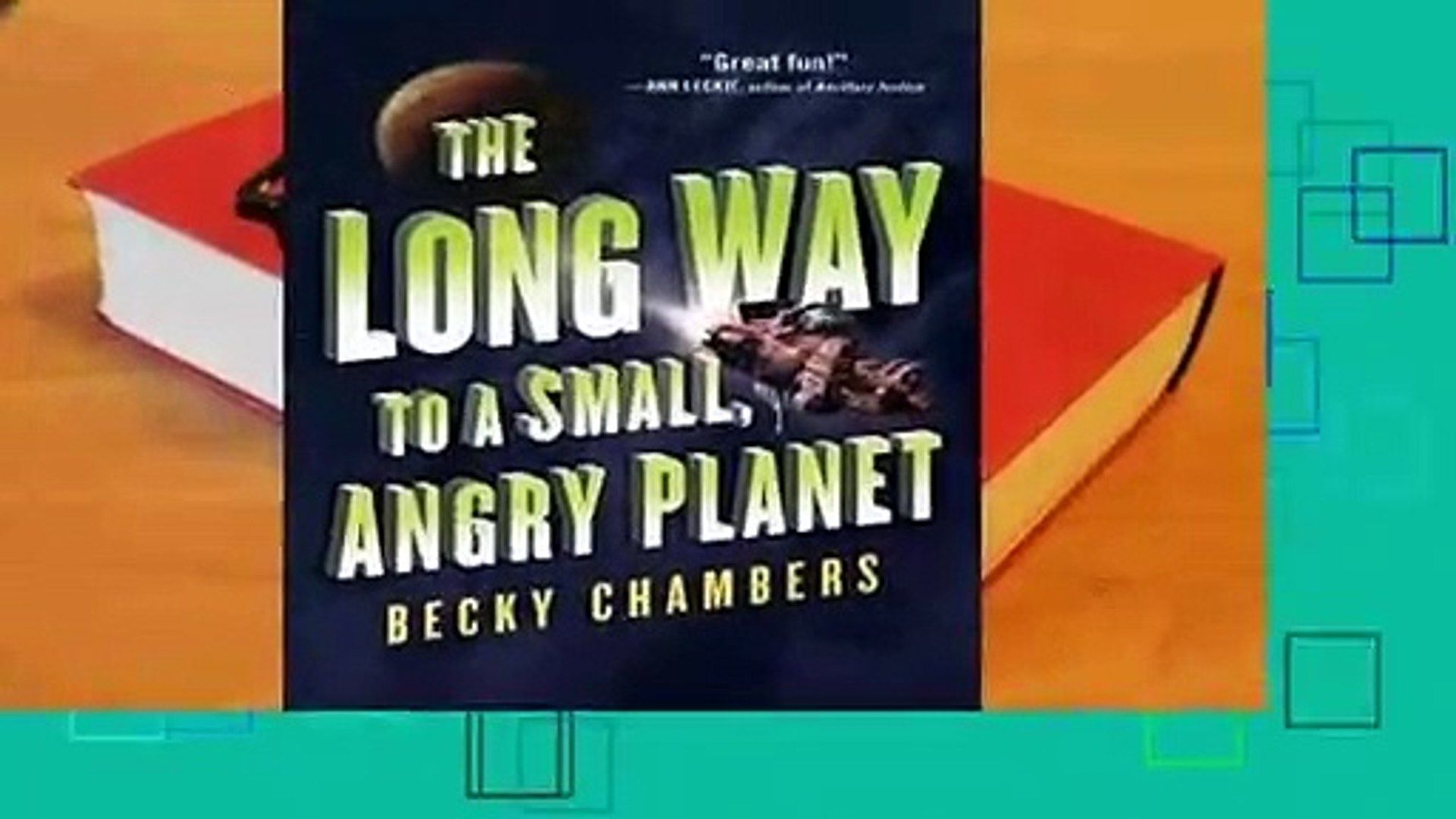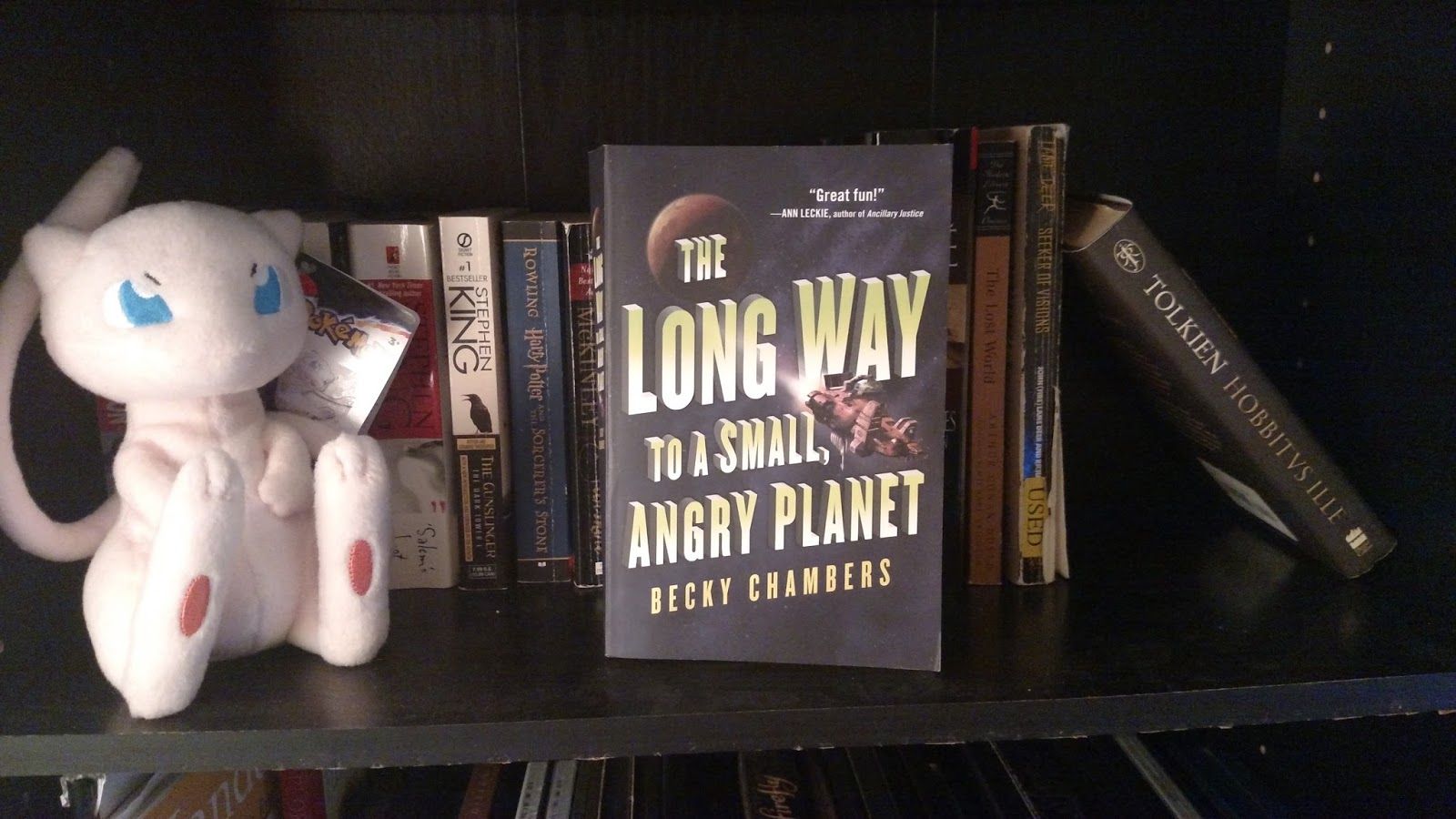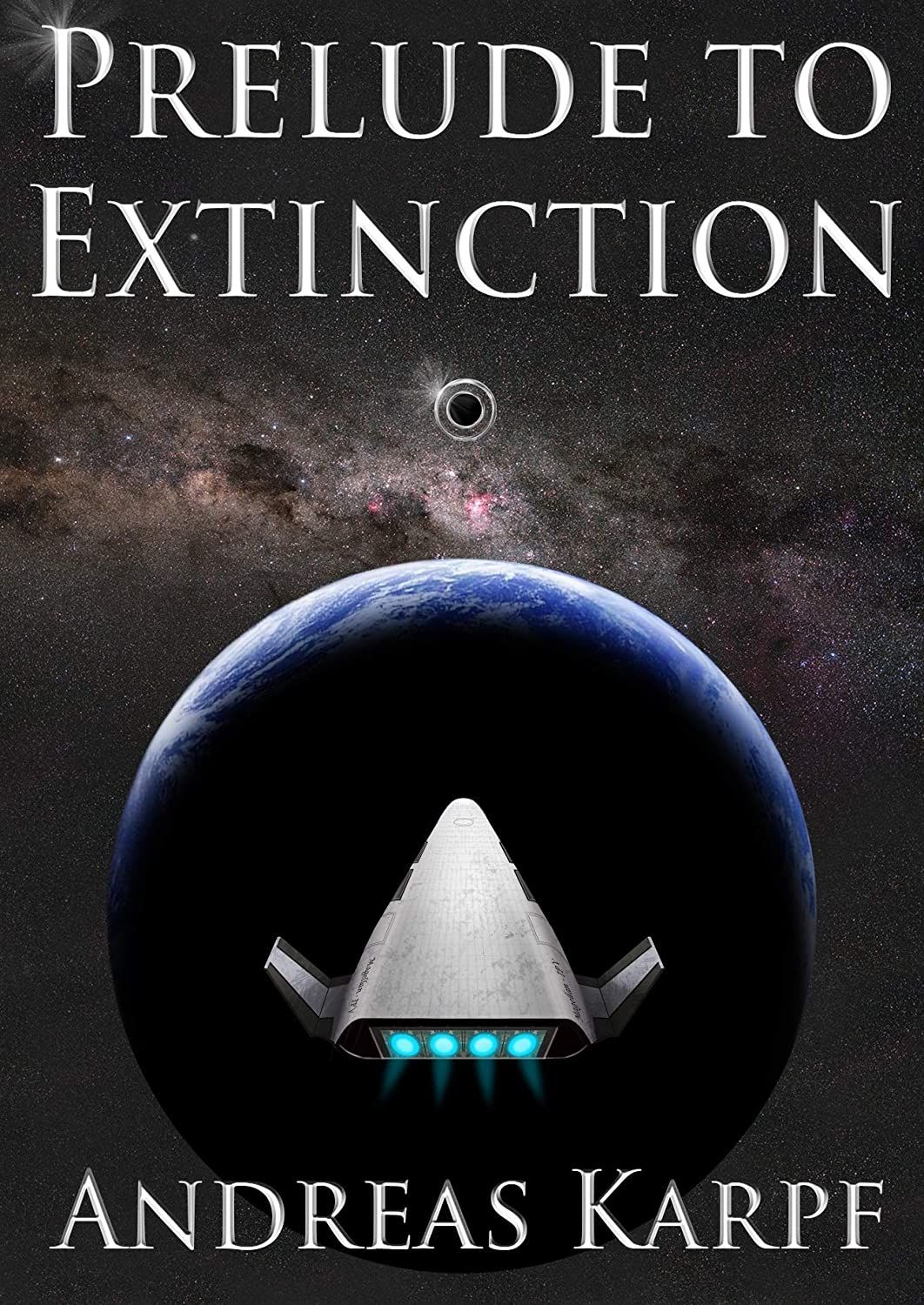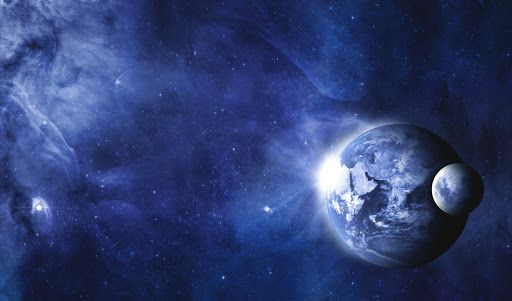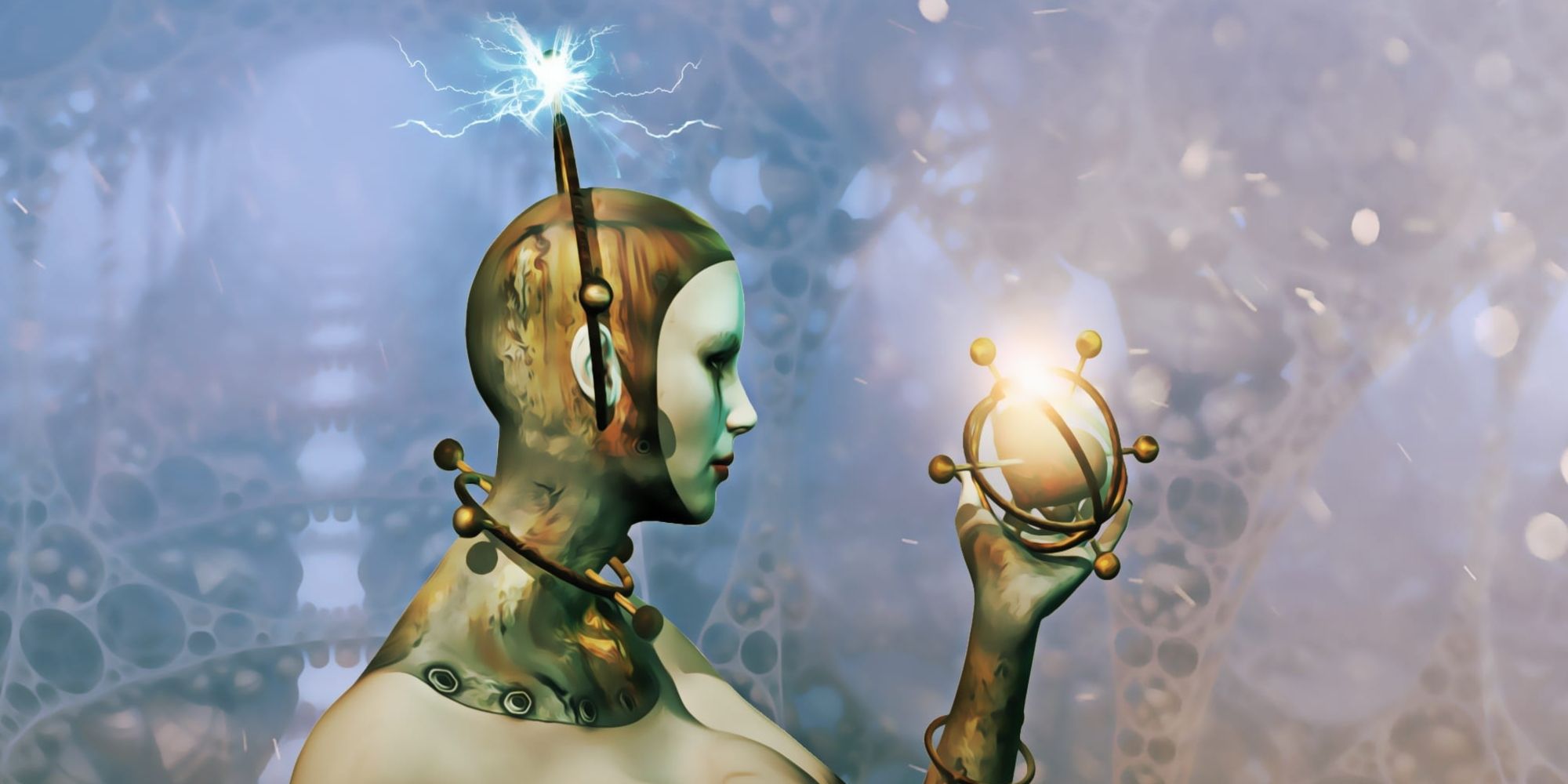- 8.90/10 1. Editors choice: Contact
- 9.00/10 2. Premium pick: Children of Time
- 9.50/10 3. Best value: A Wrinkle in Time
- 9.99/10 4. 1984
- 7.50/10 5. Divergent Series
- 9.50/10 6. Dune
- 8.75/10 7. Winter World
- 8.65/10 8. Snow Crash
- 8.00/10 9. The Long Way to a Small Angry Planet
- 7.00/10 10. Prelude to Extinction
There are many reasons to love the best Sci-Fi books. Those who have long enjoyed the genre can spend hours explaining why it’s their favorite—the glimpses into possible futures for humanity, the advanced technologies, the thrill-ride of adventures into places we aren’t yet capable of exploring in reality, and the simple fun of leaving this world for another in our imaginations. But above all, the love of science fiction may come from the way the pages of these books allow us to look forward into all of the possibilities still ahead of us, rather than looking back at a past we can’t ever change. The future hasn’t been written yet in reality, which gives us plenty of latitude when it comes to writing it in our imaginations.
One of the most astonishing aspects of science fiction is the forward-thinking of the authors who write it. There are many examples of science fiction writers of the past spinning fantastical tales of future technologies that have remarkably come to pass. This not only makes many of the best Sci-Fi books published decades ago still relevant today, but it also suggests that some of the newest books in the science fiction genre could easily be teasing hints of our own future in the generations to come.
Science fiction books have long been able to depict immense landscapes of other worlds in a reader’s imagination, even well before movie technology was able to catch up, and far sooner than actual technology has taken us. In a world where the first manned mission to Mars is still in our not-so-distant future, there is much to be left to our imaginations. The best Sci-Fi books open the doorway to these as yet unexplored worlds.
When it comes to Sci-Fi, the sky is not the limit. These books can take us anywhere—and any time—far into the future of humanity, or just around humanity’s corner. It can even take us completely outside of humanity and into the worlds and minds of alien intelligence, artificial intelligence, and unknown intelligence. It can give us serious warnings about the path that we are on—and even better, it can give us hope for a future without horizons and without limits.
Take a look at our list of the best Sci-Fi books and consider the selling points of each. Once you've reached the end of this guide, you'll be able to find the perfect Sci-Fi book for you!
“Contact” is one of the best Sci-Fi books ever written about contact with another intelligent lifeform. It was written by famed scientist of the cosmos, Carl Sagan. This best-selling novel contains many of the author’s insightful speculations about the universe and its origins—all told in a page-turning work of science fiction that is both frightening and thrilling.
Ellie Arroway is a brilliant scientist who has been fascinated with the universe and the prospect of intelligent life beyond the earth since she was a child prodigy in math and science. Now the director of a special project in New Mexico that uses a radio telescope array to search for signals from space, Ellie sees her chance to find extraterrestrial life slipping away. Just when her funding for the project is in danger of being withdrawn, Ellie discovers a mysterious signal from space. The repeating signal is in the universal language of numbers. In fact, it is prime numbers in a series coming from the distant Vega system. An even more shocking transmission follows from the faraway galaxy, a recording of a speech made on earth in 1936 sent back to us from 26 light-years away.
Finally, the earth receives a third message containing the plans and instructions for building a mysterious machine. This sparks a race between governments to construct the machine. But once the mysterious dodecahedron device is complete, it becomes clear that the intelligent lifeform sending the messages to earth plans to make contact. Will Ellie be among the first humans to travel across the universe to meet an advanced lifeform?
This is one of the best Sci-Fi books ever written by a scientist and is brilliantly constructed to make complex concepts, and esoteric scientific ideas understood even by non-scientists. It is a thrill ride through the cosmos that the reader will never forget.
- Iconic Sci-Fi novel by Scientist, Carl Sagan
- Ellie Arroway is brilliant scientist who has been fascinated with the universe since she was a child science prodigy
- While directing a project with a readiotelescope in New Mexico that searches for extraterrestrial signals in space when they obtain a signal from the Vega system that contains prime numbers
- Eventually the signals are found to contain advanced instructions for the construction of a machine
- Realistically written by a leading scientist of the cosmos
- Includes thought-provoking conjecture about the origins of the universe, science, and religion
- Author Carl Sagan brilliantly relates advanced and esoteric scientific principles into understandable terms for non-scientists
- A serious page-turner that you will keep you up reading at night
- Christians are consistently depicted as extremists
- Some scenes now seem dated as the book is set in 1999 and conflicts with actual of the millennium
“Children of Time,” by Adrian Tchaikovsky is one of the best Sci-Fi books for a thought-provoking look at humanity—from the point of view of another intelligent species.
“Children of Time” keeps the reader turning pages as the story spans thousands of years and alternates perspectives between humans and a far different intelligent lifeform with whom we also share some startling similarities.
Holsten is one of a large group of human survivors from the destroyed earth who is held in stasis for thousands of years on a ship heading toward one of the terraformed planets prepared by earth’s ancestors. The crew and passengers are awakened as they near the planet where they are tasked with creating a new civilization for humans. Unfortunately, the planet meant for earth’s survivors is already inhabited by an intelligent lifeform that is decidedly NOT human.
Thousands of years earlier, a scientist planned an experiment to seed the planet with monkeys along with a nanovirus to speed their evolution. Unfortunately, the monkeys did not survive. However, the planet harbored another species that was also susceptible to the nanovirus and evolved into intelligent beings—spiders.
Many generations of spiders evolve during the thousands of years that the frozen humans are heading toward the planet. As the story also evolves, we learn what can happen when two advanced lifeforms collide on one planet.
“Children of Time” is one of the best Sci-Fi books with complex characters, a fast-paced storyline, and many twists and turns leading to a completely satisfying ending to an unforgettable story.
- Earths last survivors after a devasting civil war are launched in lifeboat ships where they are held in stasis
- Thousands of years earlier, a planet was terraformed by Doctor Kern and her scientists with a plan to place monkeys on the planet along with a nanovirus to make them evolve quickly
- Two civilizations are destined to clash as the the earth's survivors near the closet planet that's been terraformed, without knowing about the experiment that has taken place
- The occupants of the planet are not the evolved monkeys that were planned. The monkeys did not survive and instead a different species evolved on the planet... spiders
- Well-written, thought-provoking themes
- The story alternates point of view from the humans to the evolved spiders, Portia, Bianca, and Fabian
- Many twists and turns and a highly satisfying ending
- Sensitive, imaginative writing that lets the reader identify with a different life form
- Some critics find the immense included history of the spider's civilization to be bloated and doesn't advance the plot
- Some consider the plight of the aliens to be a revisionist commentary on religion and social hierarchy in humanity
One of the best Sci-Fi books of all time is the beloved classic book by Madeleine L’Angle. Originally published in 1962, this book is never without relevance. “A Wrinkle in Time has a young audience in mind and is a book that opens the door for kids and young adults for a lifetime love of science fiction.
In this fast-paced novel, young Meg Murray finds understanding from a neighborhood boy named Calvin O’Keefe, when she reveals a sensitivity to the views of the community who believe her family has been abandoned by her scientist father. Mr. Murry mysteriously vanished over a year ago, leaving Meg’s mother alone to care for Meg and her brilliant little brother, Charles Wallace.
Late on a stormy night, a gust of wind blows a stranger to the Murry’s front door. Over tuna fish sandwiches around the Murry family’s kitchen table, Mrs. Whatsit announces, “There is such a thing as a tesseract.” The tesseract is a wrinkle in time that shortens distances, a phenomenon Meg’s father was exploring when he disappeared.
Meg, Charles Wallace, and Calvin launch into an interstellar adventure with Mrs. Whatset and her friends, Mrs. Who, and Mrs. Which. Together they travel to strange planets in search of Meg’s father, who is being held by a great evil “dark thing” that threatens the universe.
While this novel is a beloved classic for adolescents and young adults, it is enjoyed by readers of any age—and it’s one of the best Sci-Fi books to catch up on if you missed it during your school years.
- Classic Sci-Fi novel first published in 1962
- Meg Murry and her little brother Charles Wallace live with their mom under a neighborhood reputation of being a family abandoned by their father
- Mr. Murry is a scientist who has been missing for over a year, when one dark and stormy night his lonely family is visited by a mysterious stranger who tells them that there is such a thing as a tesseract, the very phenomenon Mr. Murry had been studying
- Mrs. Whatsit arrives to take Meg and her exceptionally brilliant little brother, Charles Wallace, on an intergalactic adventure through a wrinkle in time as they attempt to rescue Meg's father
- Important underlying messages about individualism, strength, and the bonds of family and new friends
- Winner of multiple awards, including the Newbery Medal
- The iconic Sci-Fi novel written by Madeleine L'Engle that remains the book that opens the door to a love of Sci Fi for many young people
- Short enough to read in one marathon reading session
- Categorized as a novel for adolescents and young adults, but adults will also thoroughly enjoy it
- Atmosphere remains dark and brooding throughout the book
4. 1984
One of the best Sci-Fi books of all time is the timelessly relevant novel, “1984’ by George Orwell. Although originally published in 1949, this book tells a chilling tale that frightens more than any horror genre book because it tells of a very real danger that all societies face in all generations—the danger of a terrifyingly oppressive government that uses fear to control every aspect of the daily lives of its citizens.
In “1984” Winston Smith is an ordinary worker and member of the Party on the outside while carefully hidden from the Thought Police is an interior narrative that rebels against the extreme over-reach of a totalitarian government. The powerful authoritarians use telescreens in each home not only to broadcast propaganda disguised as truth in “newspeak,” but also to watch each citizen and monitor for the slightest sign of rebellion, including “thought crimes.” Winston struggles to hide his very thoughts and dreams as he finds himself falling into forbidden love with a co-worker. At the same time, he learns of a secret group that seeks to free the citizens from “Big Brother” who not only watches everything each citizen does, but also uses brainwashing, torture, and intimidation to maintain an iron grip on absolute power.
George Orwell’s “1984” is often assigned reading in high school and college classes, but it’s absolutely a must-read if you’ve never read it. If you did read it in school, it’s still absolutely worth a second read. The elements that make this book such a chilling read are still incredibly relevant in today’s world, long after the actual year 1984 has passed.
“1984” is one of the best Sci-Fi books of all time and many argue that it’s the first book of the genre to begin the ever-popular science fiction theme of a dystopian society and one person’s fight for individuality in a world where citizens have no rights or freedoms to act as individuals.
- Iconic novel by George Orwell originally published in 1949 but still remarkably relevent
- Set in a dystopian future world where London is part of Airstrip One, a province of the new Great Britain known as Oceania
- Winston Smith dreams of rebelling against the totalitarian government in a world where even thinking unapproved thoughts is crime
- Winston joins an organization to that rebels against the oppressive government at the same time he embarks on a forbidden love affair
- Important insight into the consequences of government over-reach
- This is the book that includes many commonly-used terms today that were sparked by this novel, including "Big Brother," "Thought Police," and "Newspeak"
- Considered to be one of the most terrifying novels ever written
- This book is a page-turner at the same time that it's almost painfully chilling to read
- This book will leave you shaken at the thought of government that controls every aspect of each citizen's daily lives and rules through fear and oppression
- Because this novel depicts a world where people must suppress thoughts and feelings, the characters come across to some readers as bland, and difficult to truly care for
5. Divergent Series
The Divergent Four-Book Series is one of the best Sci-Fi books for younger readers. It features the classic Sci-Fi theme of a teenager who battles for both her own identity and to put an end to an oppressive government in a post-apocalyptic dystopian society. It includes “Divergent,” “Insurgent,” “Allegiant,” and “Four,” all written by Veronica Roth.
Set in Chicago in a future world, this series begins with 16-year old Beatrice Prior, who chooses to call herself Tris. Tris finds that she is a “Divergent,” or someone who doesn’t fit neatly into any of the five factions that each person is meant to categorize into. These factions are Abnegation, or those who are self-sacrificing, Candor, who value truth, Dauntless, who are brave, Erudite, who value the acquisition of knowledge, Amity, who prize kindness. Any person who has attributes of more than one faction is a dangerous divergent who must die.
“Divergent” and the sequel novels focus on a society of secret divergent individuals with skills that don’t allow them to fit into only one faction in a world where people must stay in their personality-type groups as a means of avoiding the conflicts that lead to civil unrest and war. The divergent people must hide their true natures while also secretly working against the controlling government and stopping the erudite faction from taking over control of the other groups in the city. Tris and her boyfriend Four, another divergent, also begin to wonder about what lies outside of the city walls in the forbidden area.
This series features a strong female protagonist and has been compared to The Hunger Games. It is one of the best Sci-Fi books for both young readers and adults. This complete series is ideal for both fans of the novels who wish to collect all four books, and for those who haven’t read them and want to dive into the whole series. It also makes a great gift!
- Post-apocalyptic series set in Chicago
- Includes three novels: Divergent, Insurgent, and Allegiant, and Four, a book of short stories
- Series is set in a dystopian future world in which people are divided into five factions related to their personality types
- Independent will is supressed as a threat and anyone who doesn't fit neatly into one faction but has attributes for several is considered a dangerous divergent
- Features a brave and tough female protagonist
- Encourages bravery, motivation, and self-expression
- Exciting and fast-paced action
- Engaging, well-written characters
- Some critics find the series too similar to The Hunger Games series, as well as borrowing the grouping into character types idea from the Harry Potter series
- Lacks details believably explaining how society devolved to this type of government
6. Dune
One of the best Sci-Fi novels, and a beloved classic of the genre, is “Dune,” written by Frank Herbert and first published in 1965. This timeless novel is both a coming-of-age story and a thrilling adventure set thousands of years in the future when humans have not only evolved but also colonized distant planets.
“Dune,” is set on a planet that’s a dauntingly barren desert world filled with sand-swept dunes harboring one of the most valuable resources in the universe, a drug-like natural substance that is highly prized and sought after by the wealthy for its powers to heighten consciousness, sharpen clarity, and to extend the lifetime of those who use it.
Trained in warfare by his father who has been sent to govern the hostile desert planet of Arrakis, Paul is a young man with confidence and skill, living in a stronghold in the barren wastelands of a planet riddled with gigantic groundworms. He is also the child of an acolyte mother who has passed on some of her special abilities to her son. The family is highly respected by the planet’s hearty native people.
Paul and his mother desperately flee into the hostile desert when Paul’s father experiences a dark betrayal by those who have targeted the planet for its most valuable resource. As time passes, Paul finds his own identity and special strengths, as he rises to an important leadership role among the people of Arrakis, takes a new name, and helps to lead the people toward freedom in the midst of a planet that’s torn apart in an endless battle of greed.
Though written many decades ago, this book exists outside of time and remains not only a thrillingly epic adventure novel but also one of the best Sci-Fi books with enduring messages of hope, strength, and perseverance.
- Iconic Sci-Fi novel by Frank Herbert first published in 1965
- Set in a distant galaxy far in the future in year 10,191 and humans have formed colonies throughout space
- Paul lives with his family on the desert planet, Arrakis, where the main resource is "Melange" a highly valued substance used to make "spice" a drug that extends life and enhances sharpness, clarity, and concentration and prized by the wealthy
- Paul is trained by his father in warfare and by his mother the special disciplines she wields as an acolyte
- When the stronghold is attacked, Paul and his mother go into hiding in the desert where Paul becomes a leader in an epic battle for the valuable planet
- Winner of multiple awards including the First Nebula Award
- A timeless story that's both a coming-of-age story and a thrilling adventure
- Includes fascinating speculation about the evolution of mankind far into the future
- Fascinating setting and characters, as well as timeless messages on culture, politics, religion, ecology, and family
- The book uses some invented words for story purposes that requires the reader to reference definition lists in the book's appendix
- Some readers object to some sexist qualities in the book regarding the role of women
7. Winter World
One of the best Sci-Fi books today with a unique twist on a first-contact story is “Winter World,” by A.G. Riddle. This is the chilling story of a wintery apocalypse on earth caused by mysterious happenings in space and the two people tasked with saving humanity from a bitter, frozen end.
When the earth is abruptly thrust into a new ice age, savage pandemonium erupts as survivors endure mass migrations from uninhabitable conditions. Wars break out over the crowding in the world’s warmest locations, furthering the devastation. Scientists desperately seek answers by sending probes into space, hoping to determine the cause of the earth’s sudden descent into an ice age. They soon discover a large, ominous object moving toward the sun from Mars.
Scientist James Sinclair is released from false imprisonment when NASA requires his brilliant expertise to make contact with the mysterious object. Meanwhile, Dr. Emma Matthews is working with a team of scientists on a space station in a struggle against time to save the earth from complete devastation. She finds an anomaly in solar radiation that may be a clue to what’s happening to the earth’s temperature. This leads to the discovery of something unexplained that’s approaching the sun.
Together James and Emma must make contact with the alien object invading the galaxy in the hopes of saving humanity. But will the humans and the fragile earth prevail against an unknown enemy with an unthinkable agenda?
This is one of the best Sci-Fi books to keep a reader turning pages to learn if the earth will experience frozen destruction or salvation.
- The earth is suddenly thrust into a new ice age that causes mass migration in a winter apocalypse
- The earth is thrust into war as people fight for the world's warmest locations
- Scientist launch probes into space desparately hoping to understand why the earth's climate has changed and discover an unknown object nearing the sun
- Dr. James Sinclair is tasked with executing a first contact mission while Dr. Emma becomes critical to earth's salvation
- A captivating page-turner
- Well-written characters that a reader will route for completely
- A frighteningly unique depiction of first contact scenario
- This is the first book in a remarkable trilogy, but also reads like a stand-alone
- Tech advances in the story happen much faster than in reality, and there is a fair amount of tech-talk
- Some readers were surprised that more of the story takes place in space than on the frozen earth
8. Snow Crash
“Snow Crash” is one of the best Sci-Fi books published back when the world was on the cusp of becoming much more dependent on the digital universe. It predicted some surprisingly accurate trends, making the novel more relevant than ever in today’s world.
In “Snow Crash,” Hiro Protagonist (yes, that’s his name) is living two lives. In reality, he delivers pizza in a future LA where quadrillion dollar bills are the standard denomination due to out-of-control inflation. The United States is now divided into sections controlled by private corporations after the government has given up virtually all power.
Hiro might be a pizza delivery boy who practices sword fighting in the physical world, but in the metaverse where most people spend the bulk of their days, he is a warrior prince and an expert hacker.
When Hiro meets a skateboard courier named Yours Truly (YT), who steps in to help him with a botched delivery, the two pair up in both worlds to sell critical information to the CIC. When Hiro obtains a bitmap file labeled “Snow Crash,” he opens the file with a friend only to discover a virus that not only crashes the computer but also causes brain damage to his friend.
Hiro and YT find the intelligence they gather begins to show shocking links from the new virus to the ancient Sumerian language and culture in an ongoing epic world plot that traces all the way back to the Tower of Babel.
This is one of the best Sci-Fi books for riveting, page-turning action that will have you up long into the night discovering both the predictable and unforeseen ramifications of the inevitable collision of two realities—and one brave young man who is a hero in both worlds.
- Brilliant Sci-Fi saga written by Neal Stephenson and publised in 1992
- Set in a dystopian future after a complete collapse of the economy when the US is being run by private organizations
- The remaining economy operates under such huge inflation that a quadrillion dollar bill is the small bill standard
- Hiro Protagonist, is living two lives. In reality he delivers pizza while also practicing sword-fighting, in the metaverse he is a warrior prince
- When Hiro is helped with a botched pizza delivery by YT, they form a partnership to gather sensitive information to sell, only to find themselves uncovering a gigantic plot involving a snow crash computer virus that is connected to the ancient Sumerian language and the Tower of Babel with immense, rippling ramifications for what is left of society
- Packed with action, yet still contains many philosophical elements and fascinating theories
- Thrilling storyline and well-developed, memorable characters
- Interesting forecasting of the possibility of a future world where elements from the virtual world can physically impact those in reality
- Many fresh twists on the standard Sci-Fi theme of a future dystopian society
- Some readers find it description-heavy
- Contains some invented vocabulary which can be confusing
“The Long Way to a Small, Angry Planet” is one of the best Sci-Fi books to feature a fascinating menagerie of characters, including alien life forms with full, rich personal histories and memorable personalities.
In “The Long Way to a Small, Angry Planet,” Rosemary Harper joins the ragtag crew of the aging ship, Wayfarer, to escape her identity as the daughter of a disgraced Matian businessman who committed treason. She joins the crew as a clerk and begins a journey where she learns new skills and gets to know her fellow crewmates, a group of diverse aliens—all with their own personal reasons for taking positions on the ship. There’s a reptile-like Aandrisk pilot named Sissex, Jenks is the ship’s AI who longs for an illegal body kit, and Ohan is a Sianat navigator who uses plural pronouns to describe a nature that’s known as a pair. Rosemary learns the ship’s crew offers a new kind of family with their interesting natures and backgrounds as she adapts to her new position as the ship’s clerk.
Rosemary’s journey really begins when the Wayfarer accepts a task to punch a wormhole tunnel to link a distant galaxy to the Galactic Commons. The mission doesn’t go as smoothly as expected, and Rosemary worries that she’s put her future at risk in an attempt to evade her past, as the ship experiences an invasion by raiders, a crew member faces kidnapping, a co-worker may be a clone, and Rosemary herself experiences an unexpected attraction to an important figure within the group aboard the Wayfarer.
This debut novel is a page-turningly fun book to read, with lovable characters that will live on in the reader’s memory and a truly unique imagined tale of a future intergalactic world where all lifeforms are of value despite all of their different forms and flaws.
- Rosemary Harper joins the ragtag mixed alien crew of the run-down ship the Wayfarer under a false identity to escape her own troubles
- Captain Ashby accepts a job to use their ship to punch a wormhole tunnel to a new species that's joined the Galactic Commons
- On the way, Rosemary gets to know the crew, all of whom have interesting background stories, including Ohan, the navigator who is a Sianat Pair, using plural pronouns, an Jenks, an AI who seeks a body kit
- Heart-warming and funny-a breath of fresh air in the Sci-Fi genre
- Well-written characters with depth, including fascinating aliens in a character-driven storyline
- Includes many strong female characters and aliens who change sexes at will during their lifetimes
- Tackles many ethical issues
- Some readers consider it slow to start, and sacrificing a strong plot for a character-driven narrative
- Some readers find the strong themes promiting tolerance to be preachy in tone
10. Prelude to Extinction
“Prelude to Extinction” is one of the best Sci-Fi books currently exploding into popularity with today’s science fiction fans. In this gripping interstellar adventure, space explorer Captain Harrison pilots a starship over a hundred years into earth’s future. After many years spent voyaging to a distant star system, Jack and his crew land on an Earth-like planet explored by a probe sent ahead of them to scout the area. The probe was mysteriously destroyed on the outer edges of the planet’s orbiting debris, where Jack and his crew soon encounter an immense mysterious object that should not be in the planet’s orbit.
When they arrive on the planet, they learn they are not the first lifeforms to explore this unknown world, and they discover an abandoned settlement under a dome. Signs of an attack are left behind with a litter of bones, and deep blast marks visible around the dome, and little else remaining. The team of exploring scientists soon has to fight for their own survival when they are mysteriously separated from their ship, and they find that an unknown intelligent force is out to destroy all visitors to the star system.
Written by a doctor of physics, this book blends hard science with imaginative science fiction to keep the reader turning pages to enjoy the thrill-ride of interstellar exploration at the same time they encounter interesting scientific theories and esoteric ideas. This winning blend makes for a believable but fun story of human perseverance and survival against unknown malevolent enemy intelligence.
This is one of the best Sci-Fi books for intense action and colorful characters that will open your eyes to the immensity of the universe and all of the possibilities it holds—both good and bad.
- Riveting sci-fi novel set in 2124 when Jack Harrison journeys to a far away solar system toward an earth-like planet where a probe has crashed
- A large, unidentified mass encircles the planet and the single settlement is abandoned and destroyed
- The crew is forced to fight for their own survival when they are mysteriously blocked from returning to their ship
- Many interesting takes on science and physics throughout
- Satifsying ending, but with elements that could indicate a sequel
- Use of science is very believable
- Plot movement is often driven by dumb mistakes made by supposed scientists
When you’re choosing your next science fiction book, you can be sure you are picking one that will keep you up late into the night turning pages, when you are familiar with the critical elements of the best Sci-Fi books. In a genre that encourages new authors, and many self-published authors, it’s also a genre that can disappoint you when you choose a book that doesn’t live up to your expectations.
Writing With Exceptional Tone, Talent, And Technique
While some of the best Sci-Fi books have begun as self-published novels, the fact that the genre attracts a larger number of self-publishers leaves it open to some books on the market that are badly in need of editing. When choosing your next favorite book, it’s a good idea to peak inside the cover first and read at least the first few pages. This is typically enough to get an idea of the writer’s tone, talent, and technique. If it’s difficult to read, doesn’t flow fluidly, has a lot of distracting grammatical errors, and doesn’t leave you wanting to know more, than it might not be the best Sci-Fi book for you.
A great science fiction novel should read believably. The writing should flow smoothly and pull you along with the story. You should be able to fully hear the voices of the characters and take in the environment of the story without being distracted and pulled out of the fictional world you are trying to disappear into and back into reality by stumbling over unclear or clunky wording.
While all good books require a great idea, never is it more important than in the best Sci-Fi books. Where historical novels focus on retelling past events, and contemporary fiction, literary fiction, and women’s fiction, all focus on realism in a modern setting, a science fiction novel requires an out-of-this-world idea. No one has more imagination than the best Sci-Fi writers, and never is imagination more essential. These books are set in future worlds or other worlds far from our own galaxy. Their storylines depend on technology that doesn’t yet exist yet still must be rendered believable, or allow us to suspend our disbelief.
A great book in this genre requires a brilliant idea followed by well-planned, meticulous writing to allow the reader to believe the unbelievable.
World-building is an essential part of the best Sci-Fi books. Unlike most genres, a science fiction novel is usually set in a completely different world, whether it’s a human-colonized planet located far across the galaxy, a world into earth’s distant future, or a planet populated by a lifeform far different than our own, that world must be rich with its own history, culture, politics, and religion. This requires some advanced world-building skills and many fascinating details. It also requires consistency in the “rules” of the world throughout the story.
Meaning And Message
The best Sci-Fi books do much more than describe an epic adventure. A reader will always get more enjoyment out of a book that not only takes them on a thrill-ride but also leaves them food for thought. Some of the greatest science fiction books of all time are those that take elements found in society at the time of the writing and then project far into the future to imagine where these elements could lead. This is why so many of the best Sci-Fi books are set in dystopian future worlds. They serve as a warning as to what could await mankind based on alarming trends in such things as climate, technological advancement, and of course—politics and government.
The best Sci-Fi books will linger in your memory long after you close the cover on the last page, late into the night when everyone else is asleep. They should fill you with wonder at the possibilities that lay ahead for humans, and for the infinite possibilities of other worlds across the endless universe. Now that you've made it to the end of this guide, you can revisit our list of the best Sci-Fi books and find the perfect one for you!
FAQ
Q: What classifies a book as science fiction?
In the Sci-Fi genre, stories involve science and technologies of the future, often with at least partially true scientific law or theory woven throughout. They are often set in the future, a distant and advanced planet, another dimension, or an alternate universe. Plots offer an experience that is completely unlike any in our current or past existence but still maintains the classic elements of a fiction novel, including character development, conflict, climax, and resolution. Human elements in the best Sci-Fi books often explore the effects on humanity of discoveries, technologies, and scientific developments.
Q: What are the most popular themes in current Sci-Fi books?
The most overarching themes in the best Sci-Fi books in modern times include post-apocalypse fiction, space travel, first contact with aliens, artificial intelligence, utopian and dystopian societies, extra-terrestrial life forms, time travel, and alternate realities.
Some Sci-Fi novels focus more on the special abilities of a single human or group of humans, such as telekinesis, telepathy, or other unique ability, often as a result of scientific experimentation.
Q: Is it true that some stories in science fiction books have come true?
It takes a questioning, forward-thinking mind to write the best Sci-Fi books, and it seems this sometimes leads to some astonishingly accurate predictions in stories written about events and technology long before they came true. These include the prediction of the sinking of the Titanic, atom bomb technology, the moon landing, lab-grown meat, waterbeds, and credit cards, among others. When you read a great Sci-Fi book it’s fun to imagine that it could only be a matter of time… because historically that’s sometimes been the case!
Q: What are the most common settings for Sci-Fi books?
There are several common settings found in the best Sci-Fi books that get our imaginations going. Fans of science fiction may look for books with the settings they enjoy most, including far-away planetary systems, a distant planet, another section of our galaxy, a virtual world, the future earth, a parallel universe, a space ship or space station, an endless castle, the ancient past, an old universe, or a young universe.
Q: What is the best-selling Sci-Fi book of all time?
Science fiction books are one of the top-selling genres and include some incredible classics. It may be difficult to pinpoint which is the best-selling science fiction book of all time, but certainly topping the list is both the dystopian novel, 1984, by George Orwell, and Dune, by Frank Herbert. Other top sellers include The Time Machine, by H.G. Wells, 2001: A Space Odyssey, by Arther C. Clarke, and The Hitchhiker’s Guide to the Galaxy, by Douglas Adams.
Q: What’s the difference between Sci-Fi and Fantasy?
Some people confuse Sci-Fi books with fantasy novels. While they do have some common elements and sometimes overlap, the best Sci-Fi books include advanced technologies while fantasy novels are set in a non-existent world or fantasy realm. Where science fiction introduces readers to what is possible in the future, fantasy sticks with the impossible. A good way to tell is to ask yourself if the powers in the book you are reading come from technology or magic? If it’s a technology—even if it does not yet exist—it’s a science fiction story. If it’s a magical power it’s fantasy.

